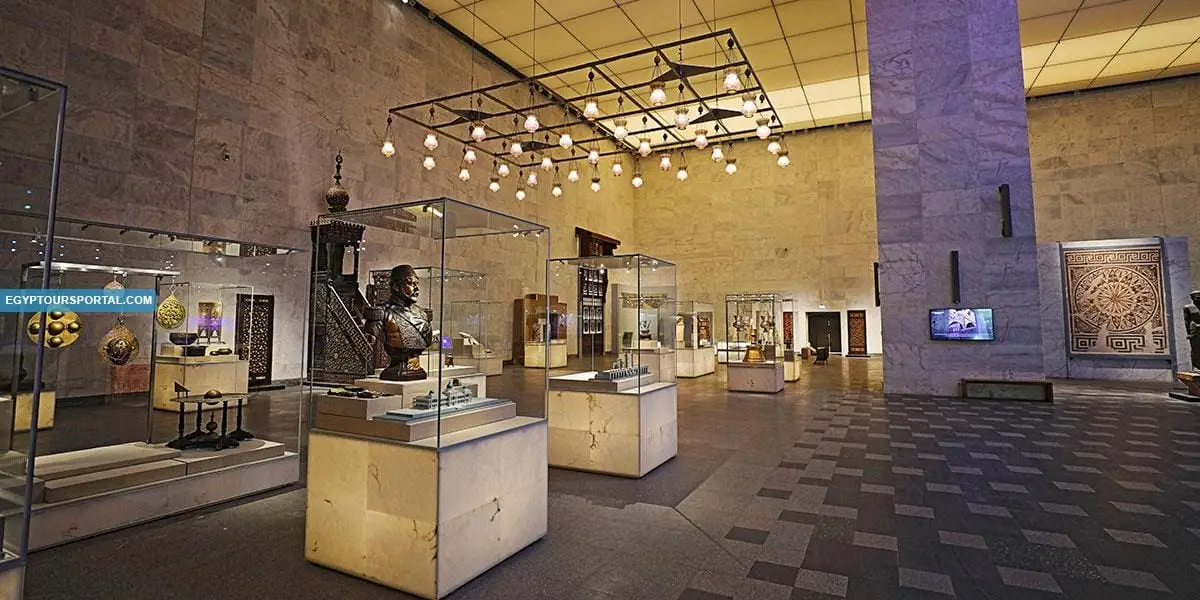
Museum of Egyptian Civilization: the Heart of Egypt's History
The Museum of Egyptian Civilization isn't simply another museum to visit. It is an epitome of the nation, an embodiment of time travel, and a cultural powerhouse that safeguards the country's identity from prehistoric times. Within the Fustat district of Old Cairo lies the National Museum of Egyptian Civilization (NMEC), a sprawling complex that offers the most holistic traverses of Egyptian history in the world.
Egypt has always been a country of historical depth, and discoveries there include some of the oldest known artifacts. What makes this specific place special goes beyond the mummies or the artifacts. It is the way the museum brings ancient Egyptian civilization to life. Unlike other museums in Cairo, which often focus on a specific era, NMEC spans thousands of years, bringing visitors through every historical period. From prehistoric tools to Islamic textiles to the famous royal mummies. If you want to understand the soul of Egypt, this is where your journey begins.
When booking with Respect Egypt Tours for the National Museum of Egyptian Civilization Tour, you are not simply visiting a museum; you are stepping into Egypt's historical continuum, aided by scholars who have spent lifetimes studying what the majority skim over.
The Vision Behind NMEC: A National Project to Tell Egypt's Story
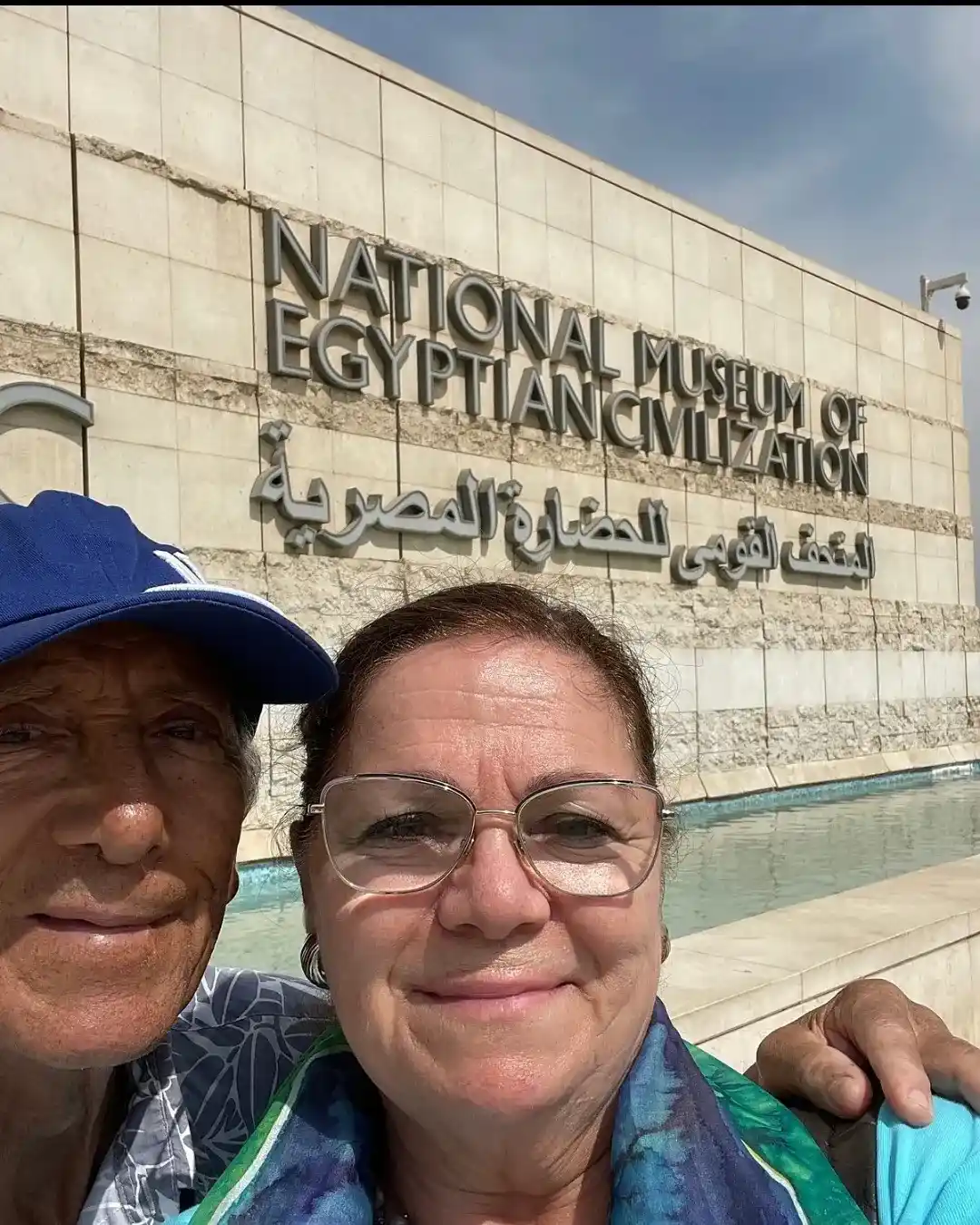
The construction of the National Museum of Egyptian Civilization goes beyond that of a simple exhibit. It is part of a national initiative to foster a permanent home of the essence of Egyptian identity. The museum's construction covers 135,000 square meters adjacent to Ain El-Sira Lake, and it is part of a UNESCO-supported project dating back to the 1980s, although its full vision was only realized in the 21st century.
The mission may seem straightforward, but it is immensely impactful: Illustrate the development of Egyptian civilization not as fragments in time and space, but as a continuous human story. The museum's layout is organized chronologically, containing thematic galleries for every epoch along with explanatory texts; hence, both experts and casual tourists can grasp the extensive chronology of Egypt's culture.
Where Is the National Museum of Egyptian Civilization Located?
In Old Cairo, the Museum of Egyptian Civilization is located in Fustat, which is the first capital of Islamic Egypt. This positioning is quite intentional as it ties together modern Egypt and Fustat's historic identity, integrating Islamic, Coptic, and ancient Egypt.
Accessing the museum is simple from downtown Cairo, the Citadel, or even Giza. Respect Egypt Tours services this location as part of many Cairo day tours and makes it possible for travelers to merge their museum experience with visits to Coptic Cairo, Amr ibn al-As Mosque, and other heritage-rich neighborhoods.
What You'll See Inside: A Walk-Through Egypt's Past
A Chronological Core Hall
At the NMEC, the unique Chronological Gallery competent predisposed Egypt's history, stretching with a broad scope from prehistory and the Pharaonic eras to Greco-Roman, Coptic, Islamic, then modern history. It is the only museum in Egypt where all these periods are presented together.
Starting with the earliest stone implements and crude pots from ancient settlements along the Nile, you progress to early dynastic royal relics, daily life tools, and devotional items like the Eye of Ra, Osiris, and Pharaonic symbols.
The Royal Mummies Hall
Perhaps the most famous — and certainly most haunting is the Royal Mummies Hall, located in the Museum of Egyptian Civilization, which features 22 royal mummies, including Ramses II, Hatshepsut, and Seti I. It is the most haunting and popular exhibit in the museum. The transport of these mummies from the Egyptian Museum in Tahrir during the 2021 Golden Parade captivated a global audience.
The dimly lit space takes visitors aback as soon as they walk in. It had been curated with respect, making the atmosphere sacred to aid people in witnessing the decaying remains of the formerly living rulers of Egypt.
Because of the exhibit, the museum is a hotspot for everyone interested in ancient Egypt and mummification practices.
Themed Galleries and Temporary Exhibitions
Thematic halls which focus on crafts, culture, beliefs, and the Egyptian daily life from different periods also live in the NMEC. One can spot surgical tools next to golden amulets and Islamic embroidery beside Pharaonic cosmetics.
There is a constant update of temporary exhibitions which highlight new findings, modern art pieces related to Egypt, and collaborative works with other international museums like the Louvre.
National Museum of Egyptian Civilization Opening Hours and Visitor Info
Operating hours are from 9 AM to 5 PM daily, with additional evening hours until 9 PM on Fridays and Saturdays. Entry is via ticket, and National Museum of Egyptian Civilization tickets are priced affordably for both locals and tourists.
Visitors are encouraged to wear comfortable shoes, bring a water bottle, and allow at least 2–3 hours for a full visit. The dress code is casual but respectful, especially for the mummies section.
The complex includes cafes, a gift shop, guided tours (including private ones by Respect Egypt Tours), and accessibility features for all ages and abilities.
What Makes NMEC Different from the Grand Egyptian Museum?
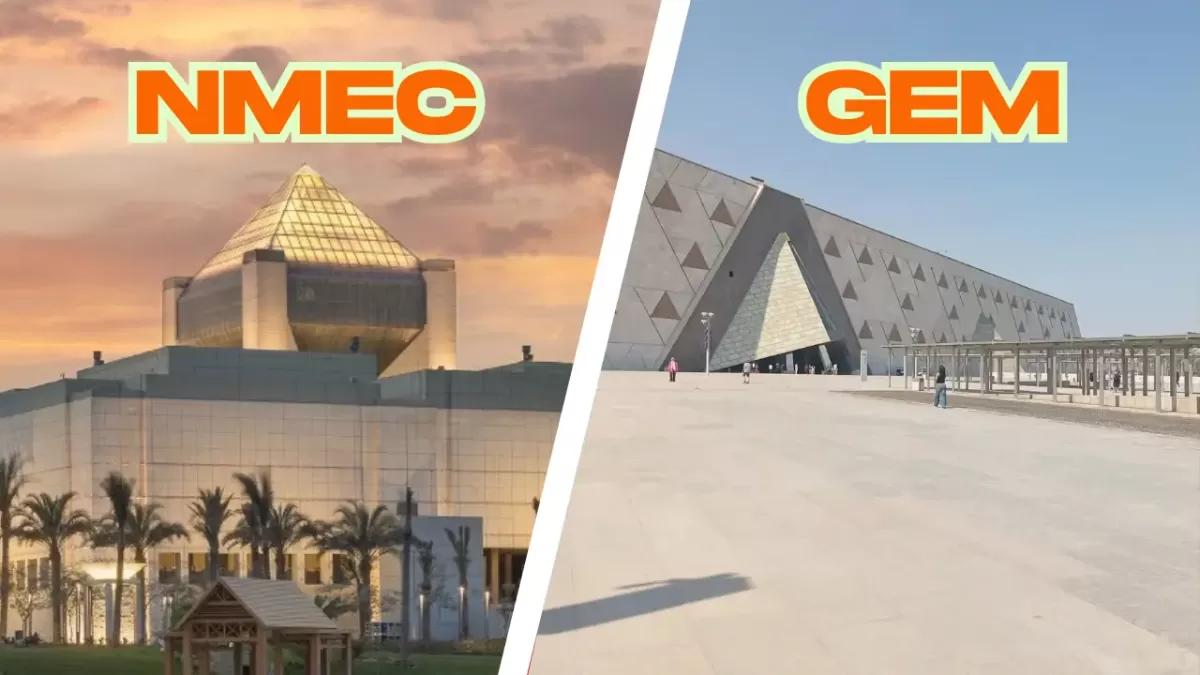
The Grand Egyptian Museum
Like other leading museums around the globe, the Grand Egyptian Museum revolves around the Pharaonic civilization. The location of the museum, just outside Giza, near the iconic pyramids, allows it to focus primarily on Pharaonic Egypt, encompassing their lives, architecture, and great kings. Of importance is the complete Tutankhamun collection, which is being presented for the first time as a complete set, showcasing the immense wealth and funeral culture of a 13-year-old king who became a global sensation.
From the titanic structures of Ramses II to incredible halls with golden masks, Canopic jars, and mighty battle relics, to memorizing ancient Egypt battle inscriptions. Focused almost entirely on the dynastic periods such as the Old, Middle, and New Kingdoms, GEM's halls also serve as a symphony for imagination wherein visitors are inundated with sights of gifted engineering mastery throughout all royal epochs. Ancient Egyptian civilization, the jewel of human heritage, can indulge in GEM on an epic scale.
The National Egyptian Civilization Museum (NMEC)
Unlike other museums, the National Museum for Egyptian Civilization, located in Fustat (Old Cairo), presents a holistic story of the Egyptians. Rather than concentrating on the Pharaohs and tombs, NMEC covers the breadth of Egyptian history from prehistory to modern times. It contains remnants from the Pharaonic, Greco-Roman, Coptic, Islamic, and Contemporary periods and provides Egypt's social, cultural, and spiritual history for over 7000 years.
NMEC helps visitors relate to the life of Egyptians through the ages. The items on display include textiles, pottery, manuscripts, clothing, as well as household items from different eras. The museum does not simply conserve Egypt's history; it interprets it. The major themes of the galleries strive for narration, change, and multitude, which makes it an ideal place for those interested in how history shaped Egyptian identity from the time of the pyramids until contemporary urban life.
NMEC also includes the well-known Royal Mummies Hall, which displays the mummies of great pharaohs, including Seti I, Ramses II, and Hatshepsut, where one can see them up close in a calm environment full of awe and respect.
Why You Should Visit Egypt with Respect Egypt Tours
Most people walk through museums and leave confused, especially when signs are vague or artifacts feel disconnected. Respect Egypt Tours changes that.
Our private guided tours not only interpret the exhibits but connect them to your broader Egyptian journey, from the Pyramids to Luxor's temples and Aswan's Nubian heritage.
We know the crowds skip which exhibits but hold hidden gems. We guide you through the mummies hall with reverence, explain the tools in context, and even help you understand what the Eye of Ra or an old scribal kit meant to everyday Egyptians.
Our goal is to uncover the human story, not just point at objects. That's the Respect Egypt difference.
Conclusion: Uncover the Whole Story of Egypt in One Visit
If there is one place, visit to marvel at the rich history and heritage of Egypt, it is undoubtedly the Museum of Egyptian Civilization, where you can understand Egypt's 7,000-year journey. The museum is much more than a museum—it stands as a cultural hub, a developing epicenter for exploration, and a dynamic homage to all Egyptians through the ages, embodying the timeless spirit of a nation.
Exploring the NMEC exhibitions offers many opportunities: considering the evolution of humanity with Egypt's history, from prehistoric artifacts to modern national identity.
Join Respect Egypt Tours for your visit to NMEC and engage with history as people lived it, not just as it is displayed.


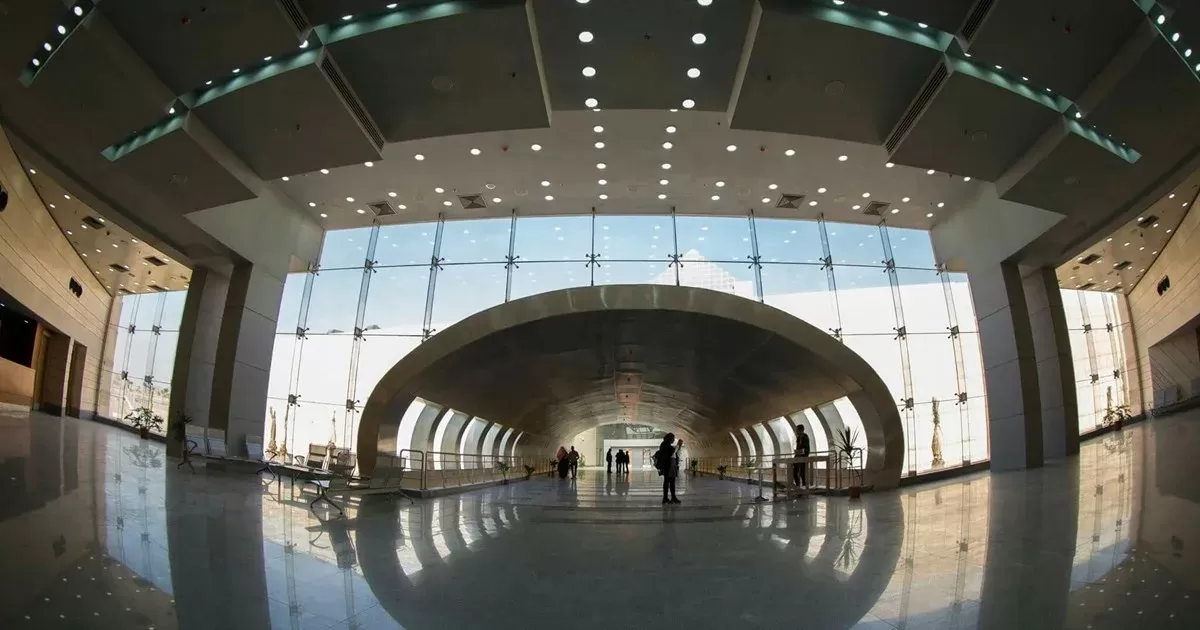
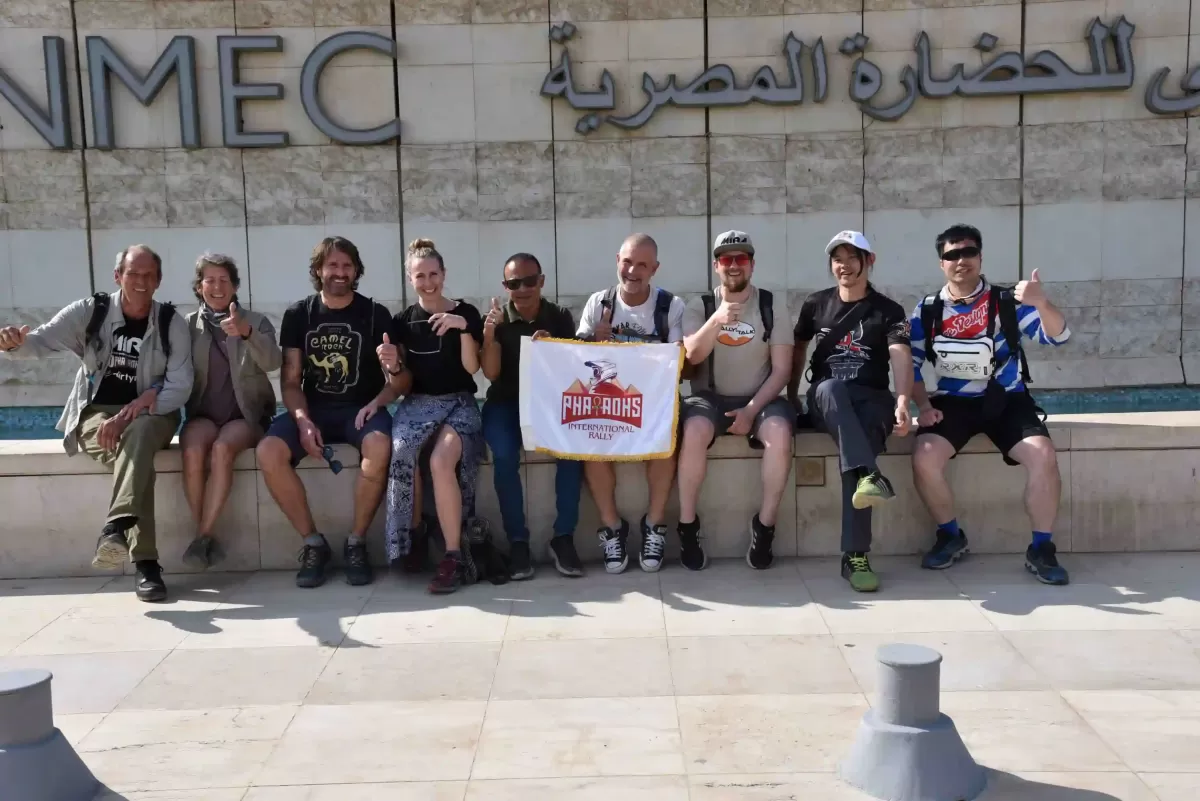
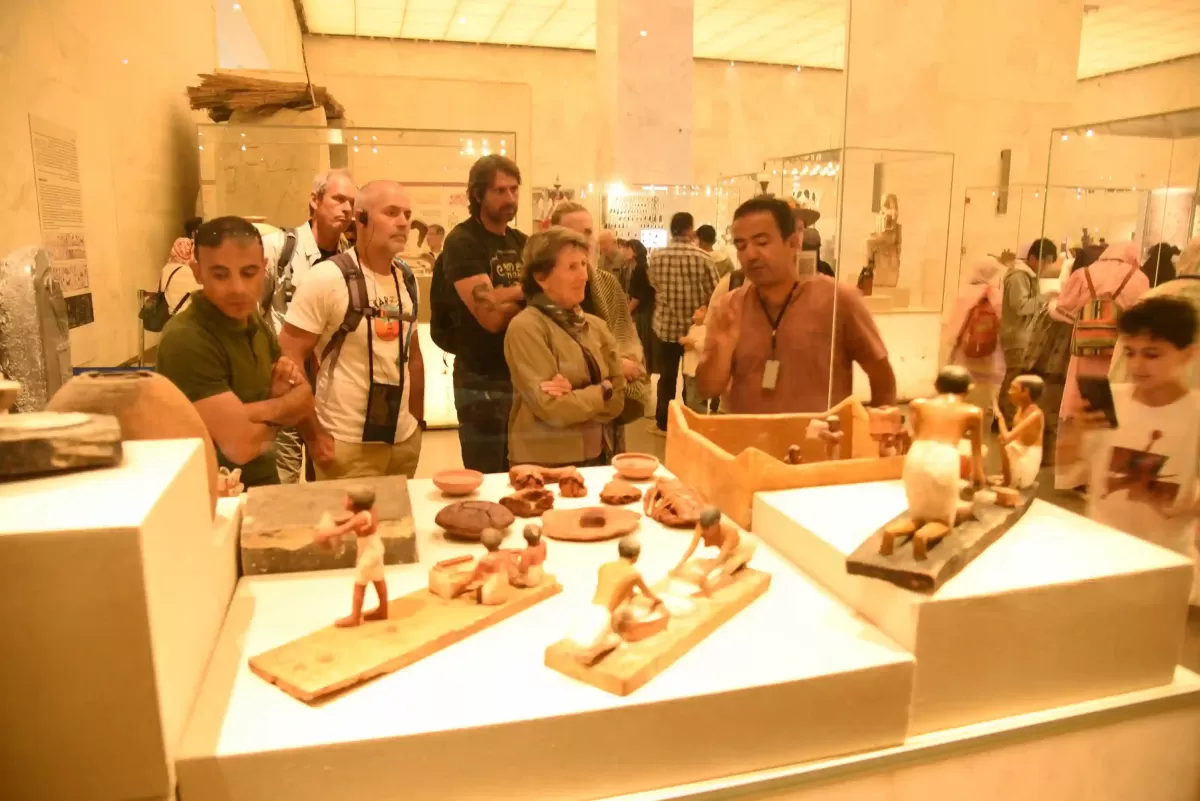




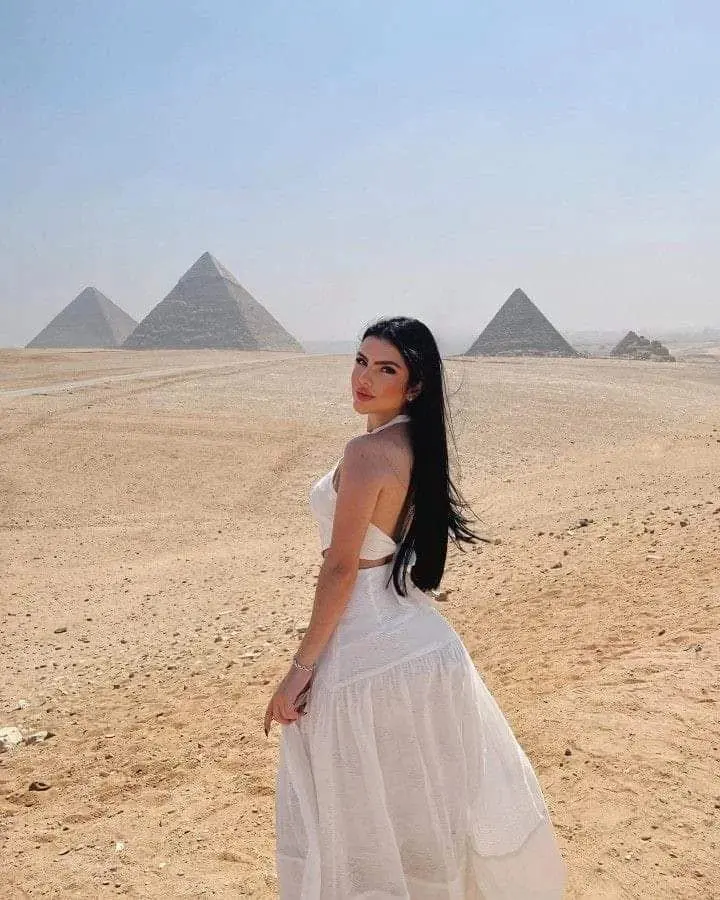

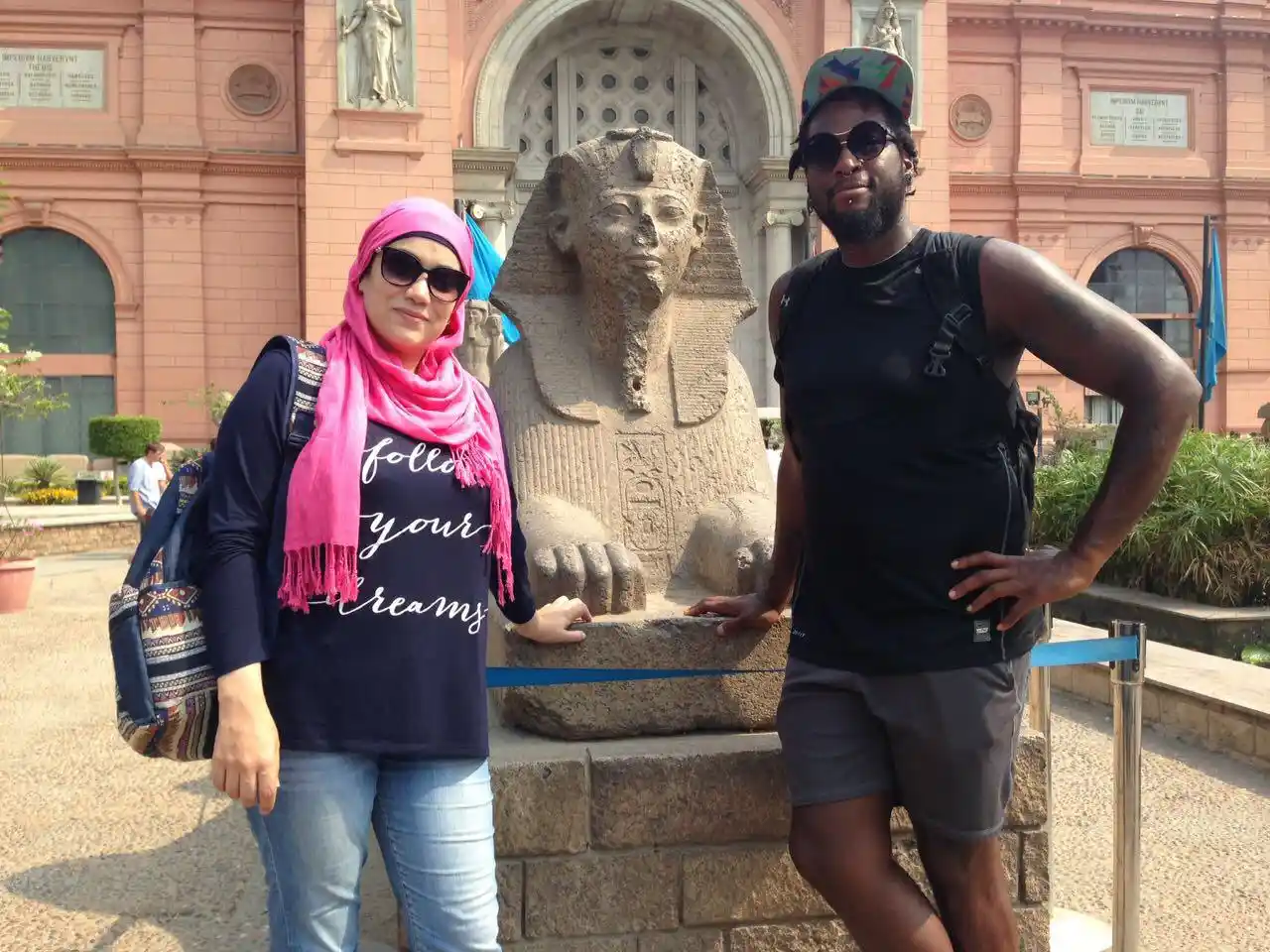
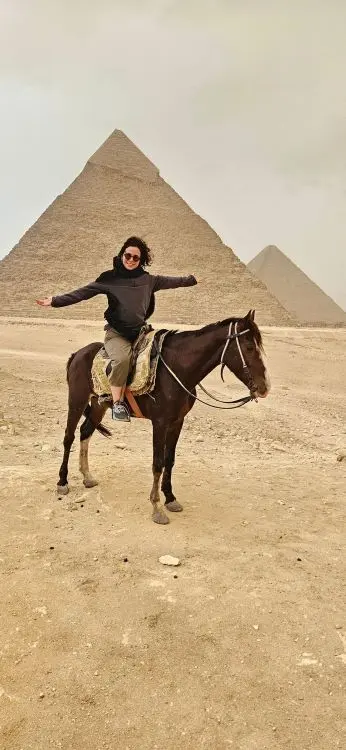

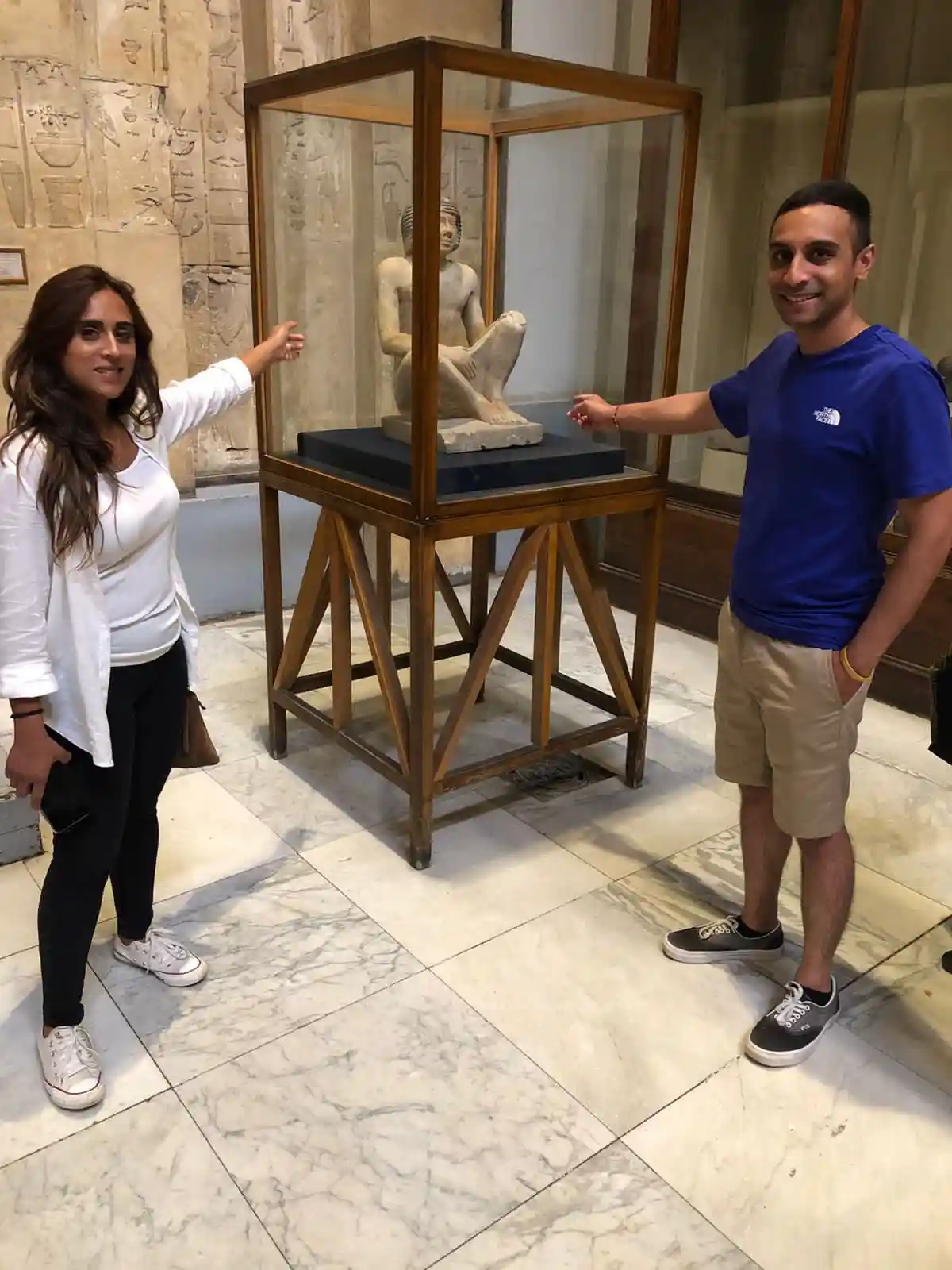
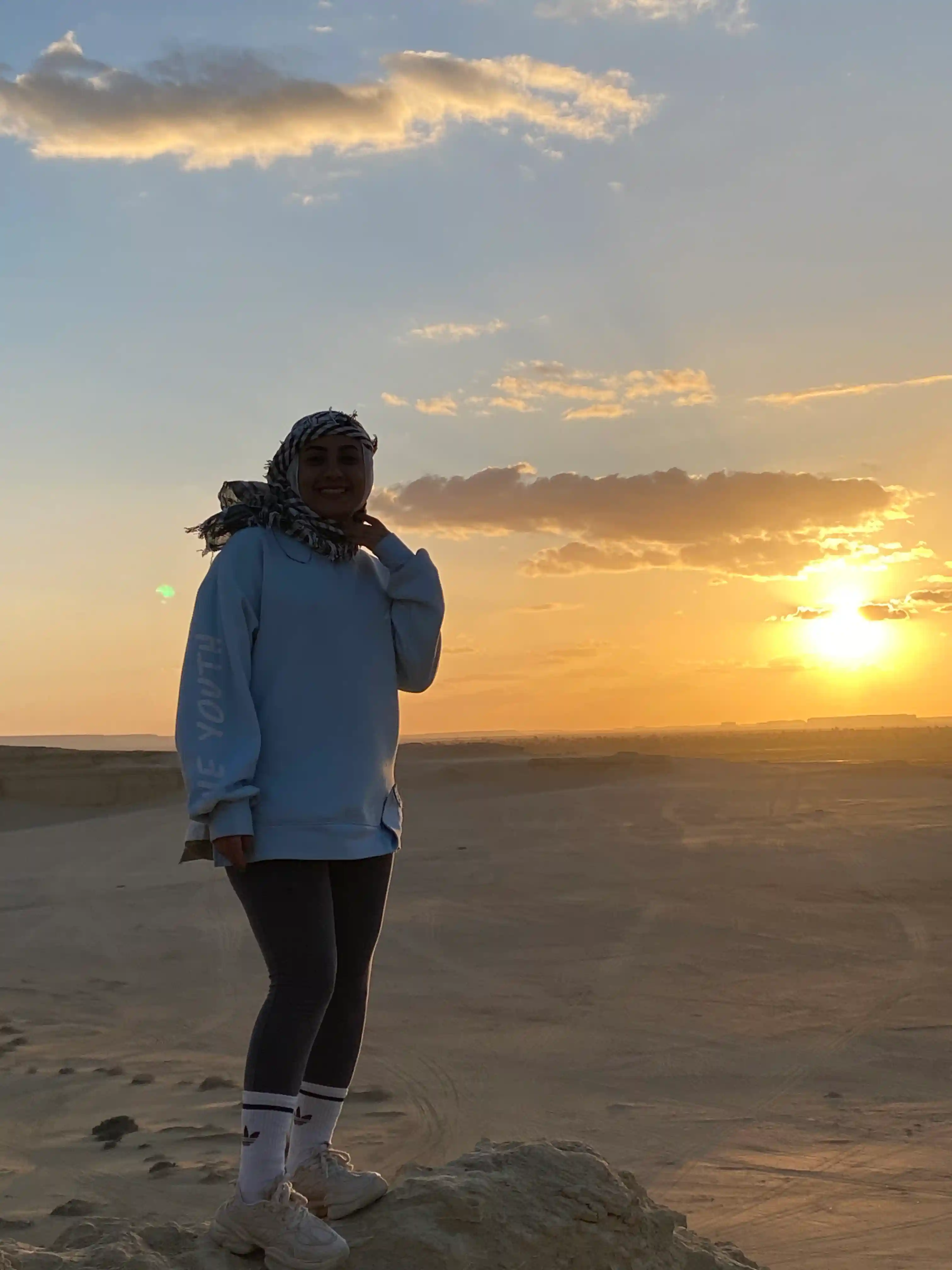
.webp)
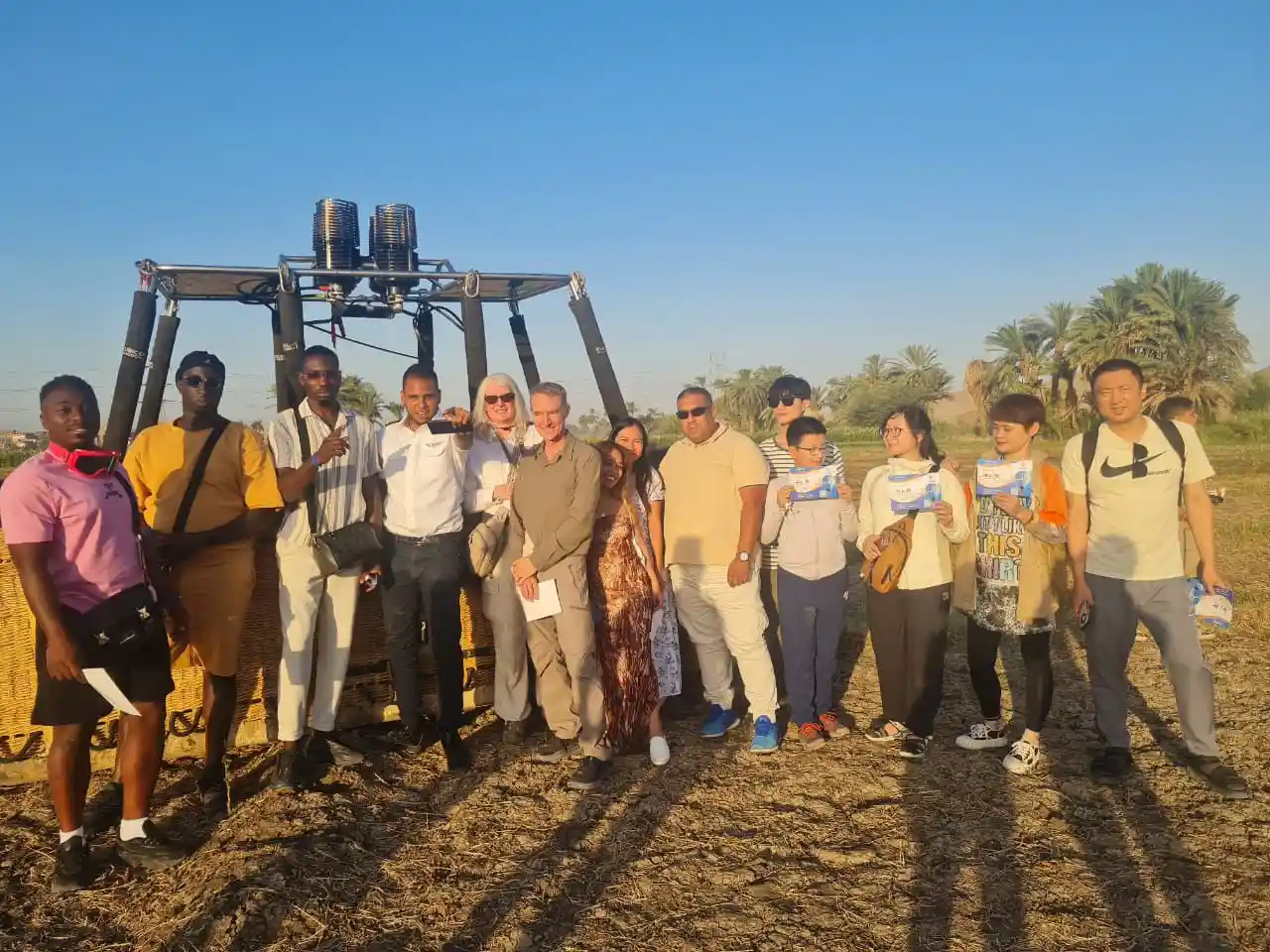


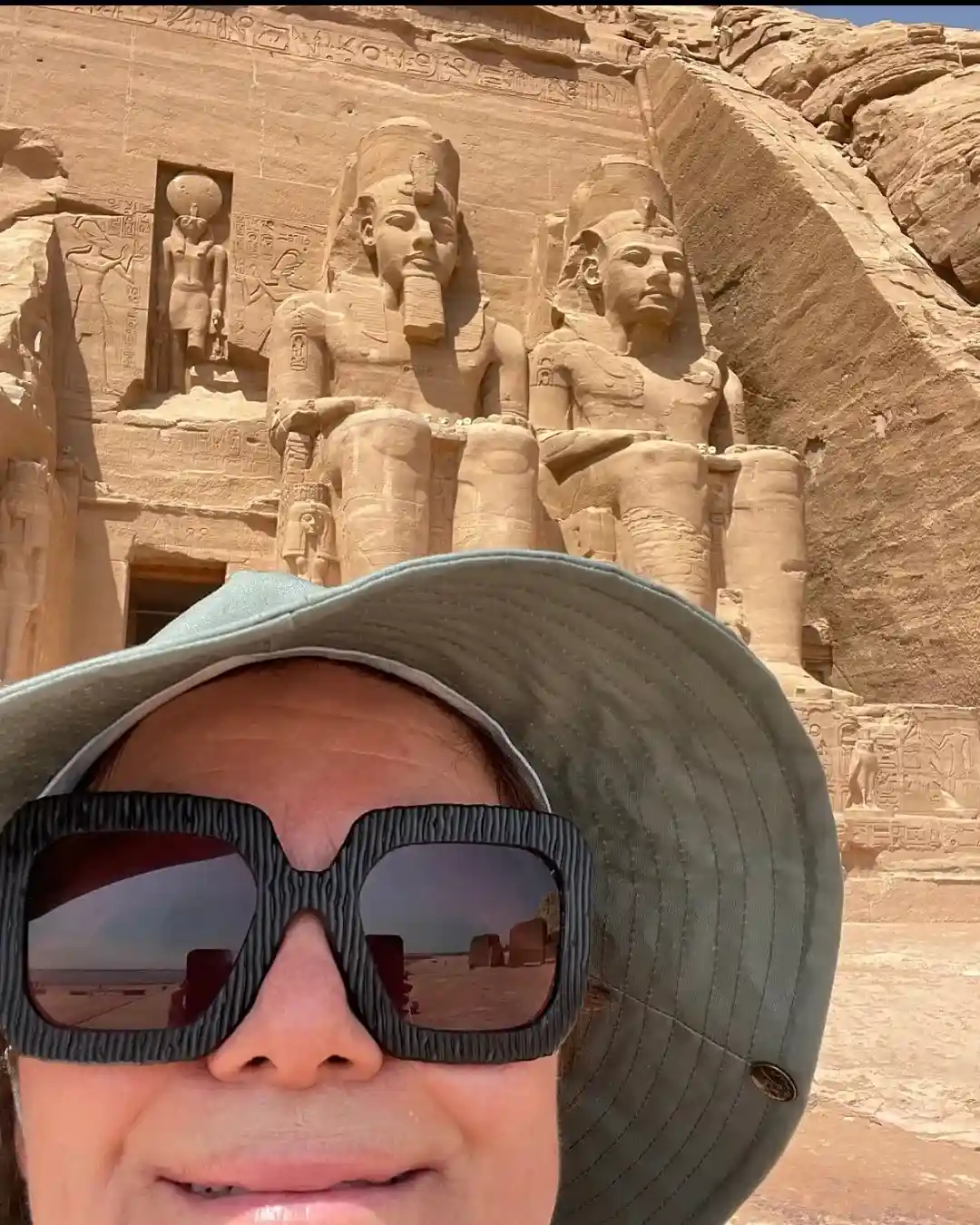
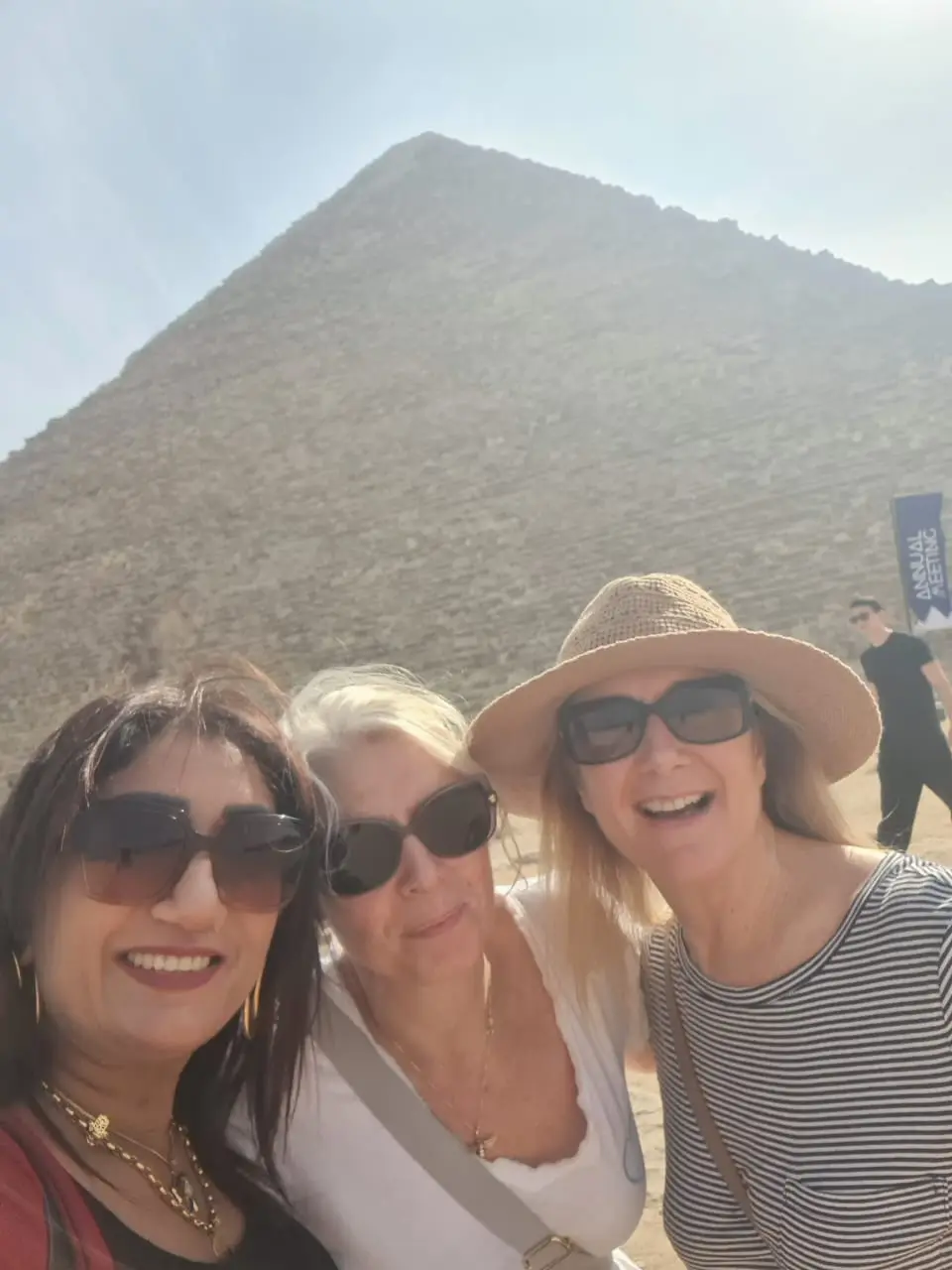
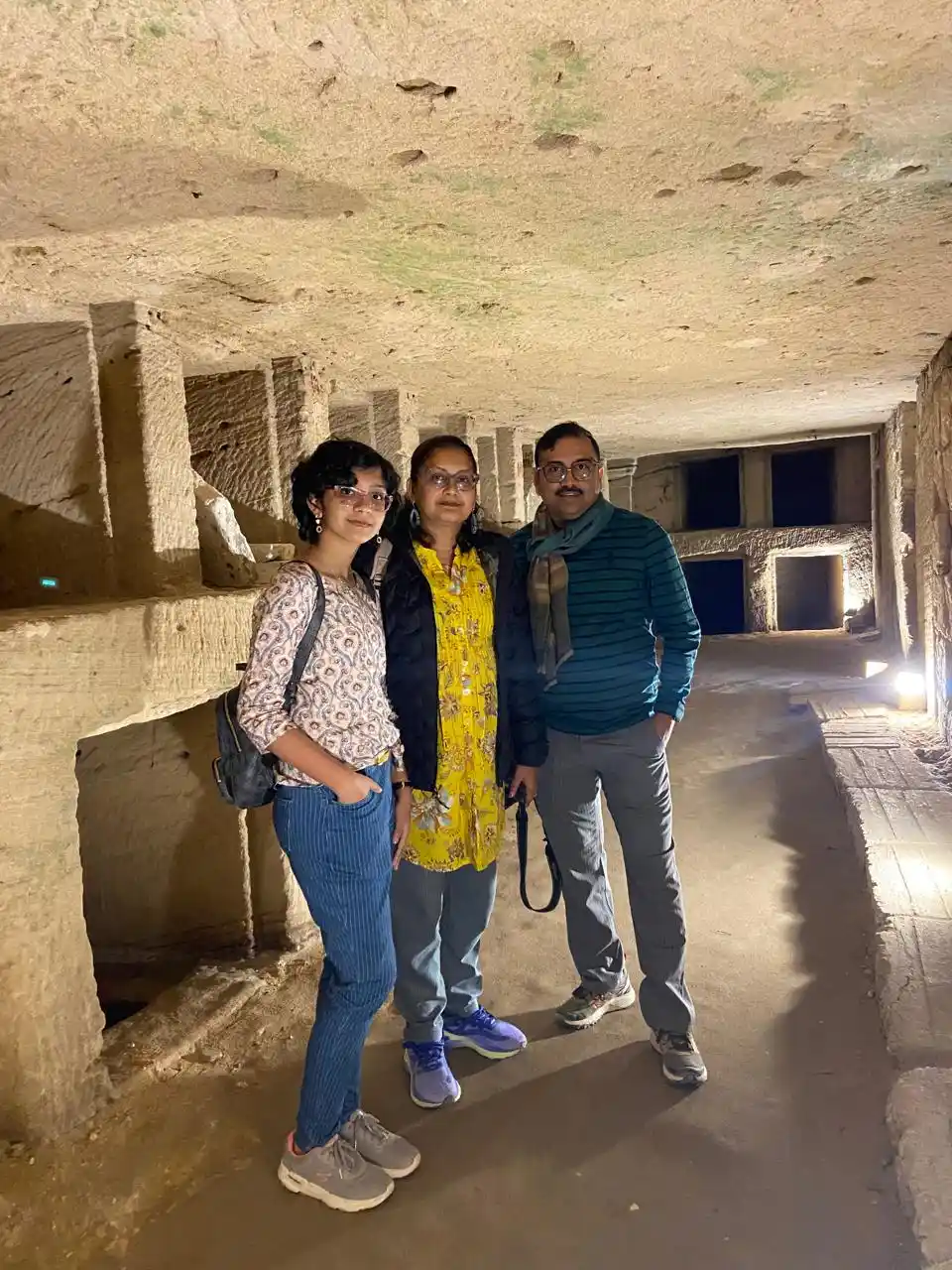

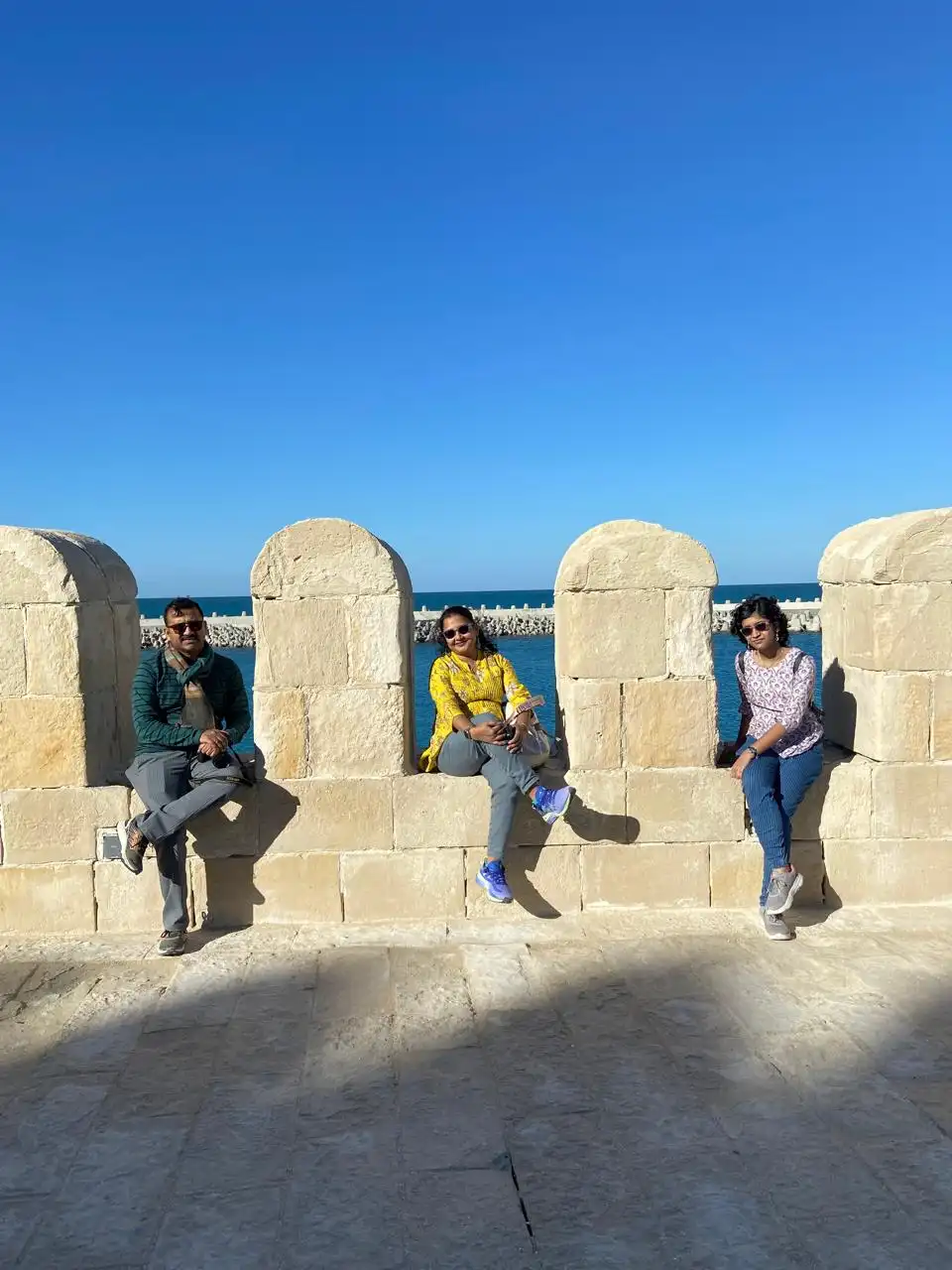
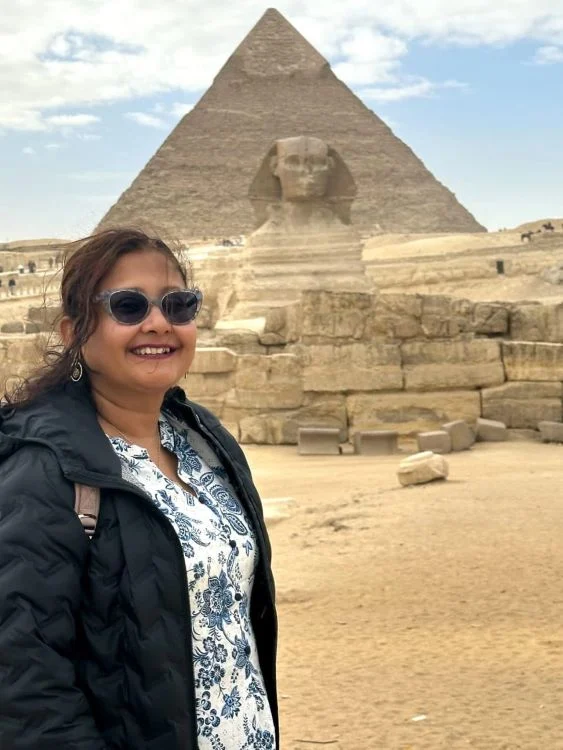
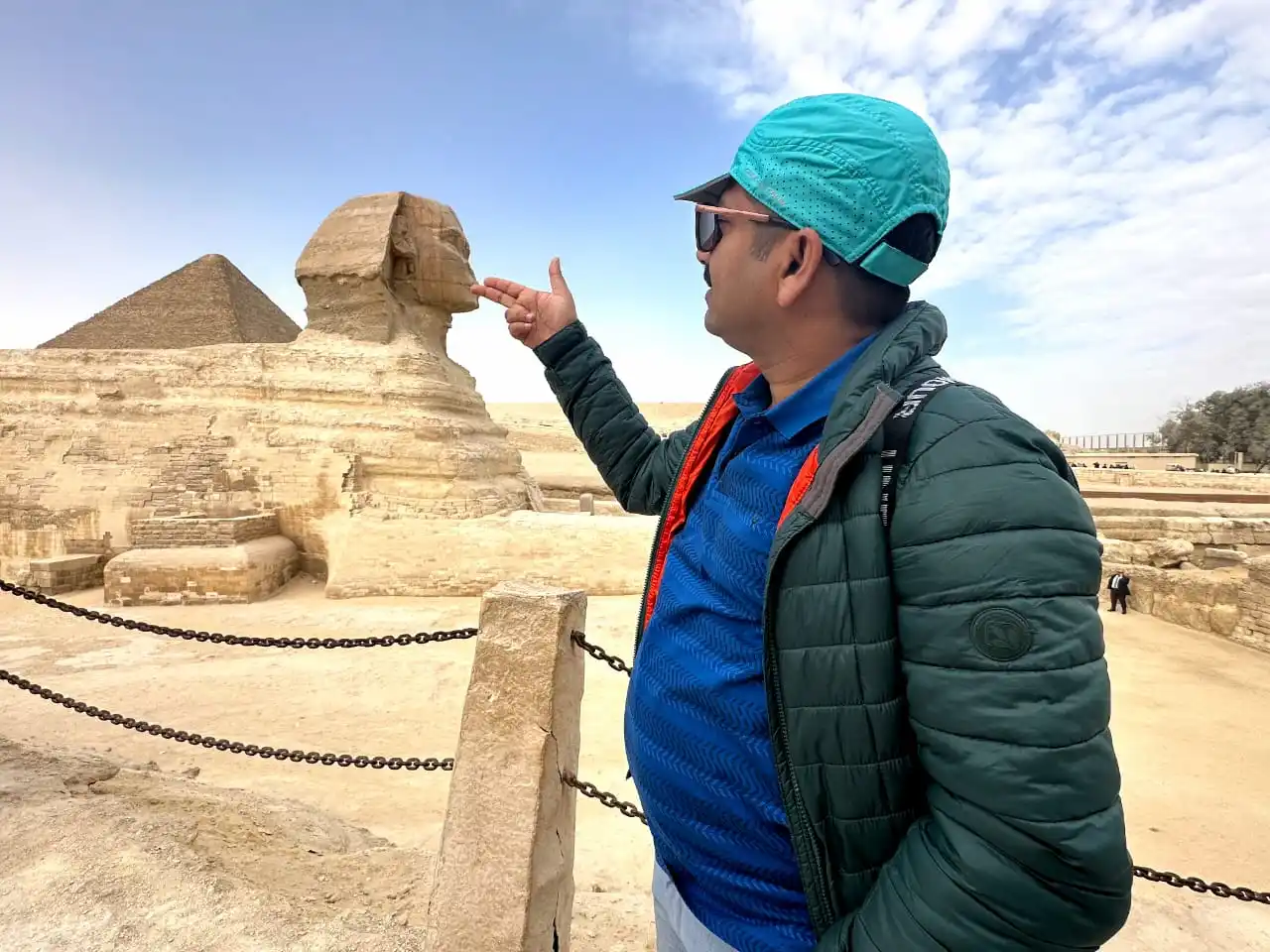
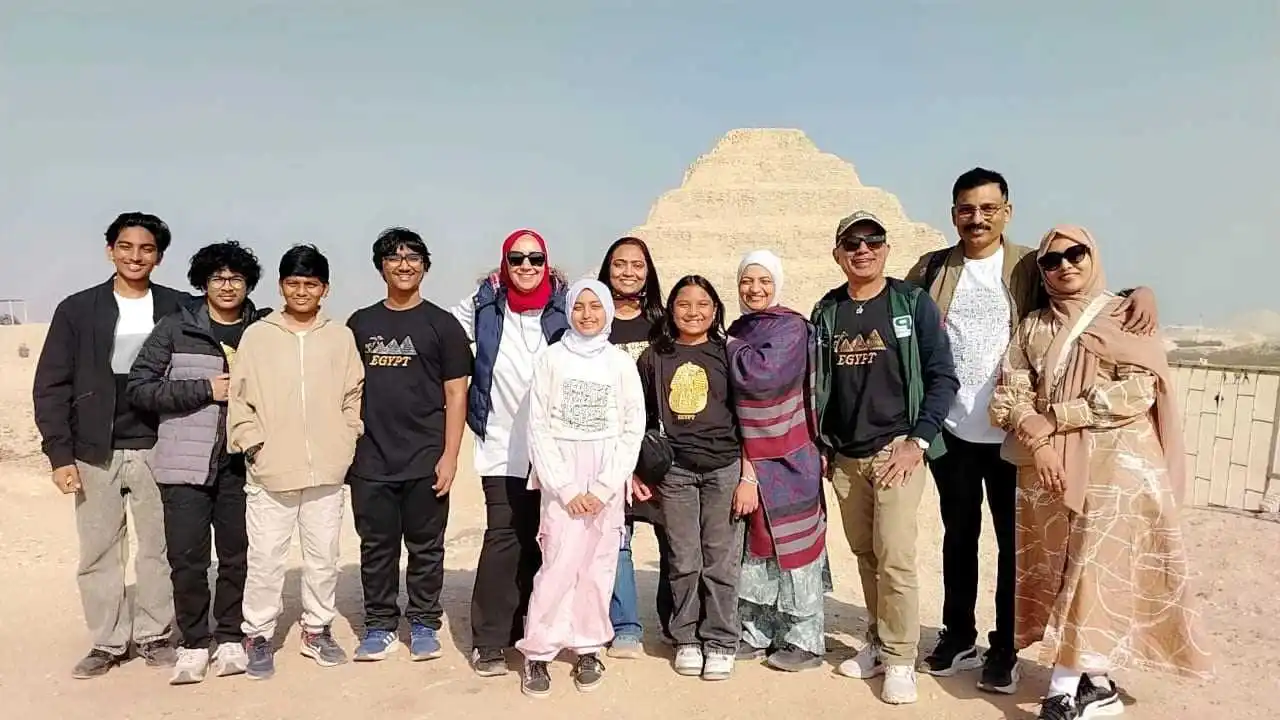

.webp)
.webp)
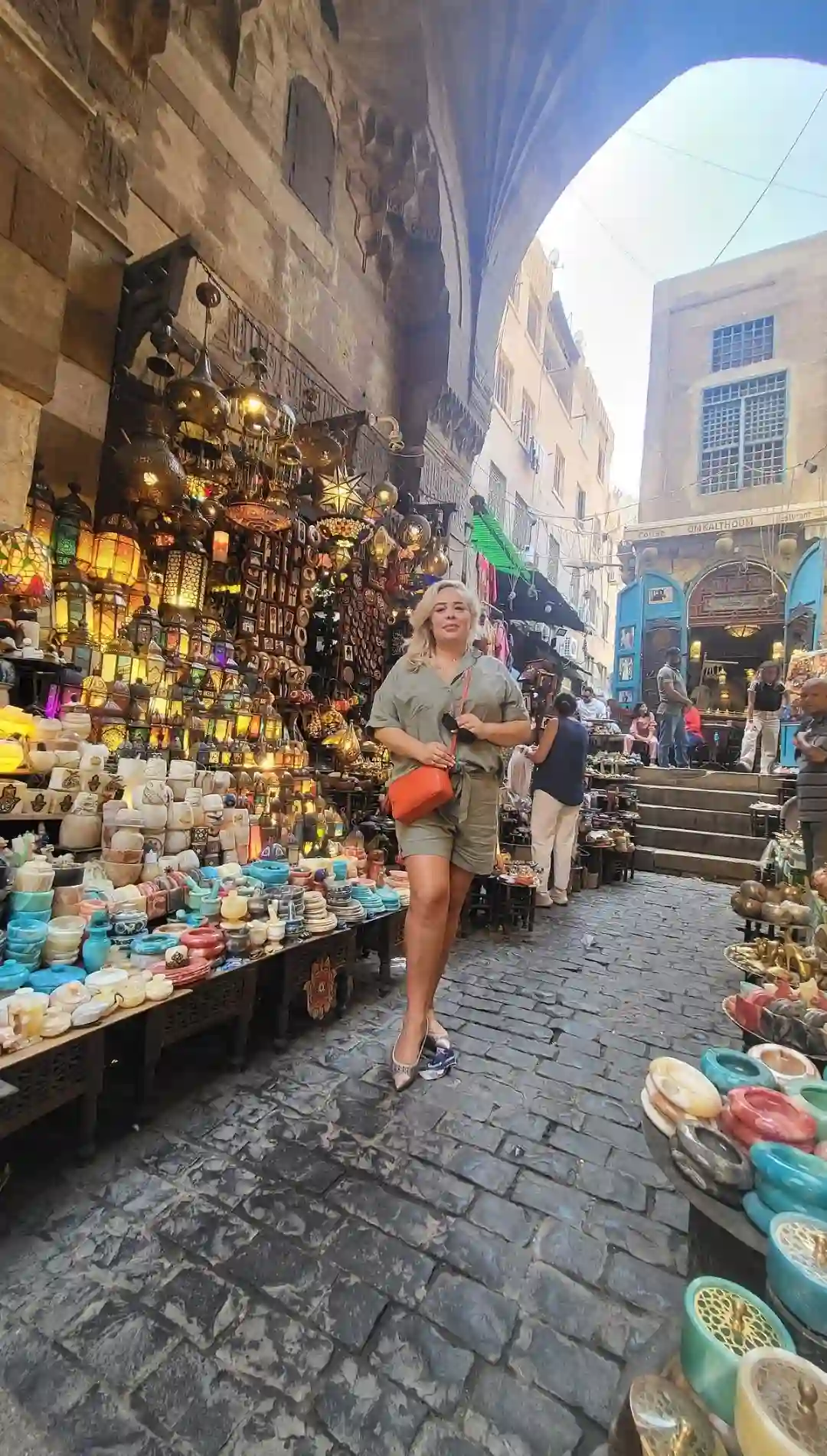
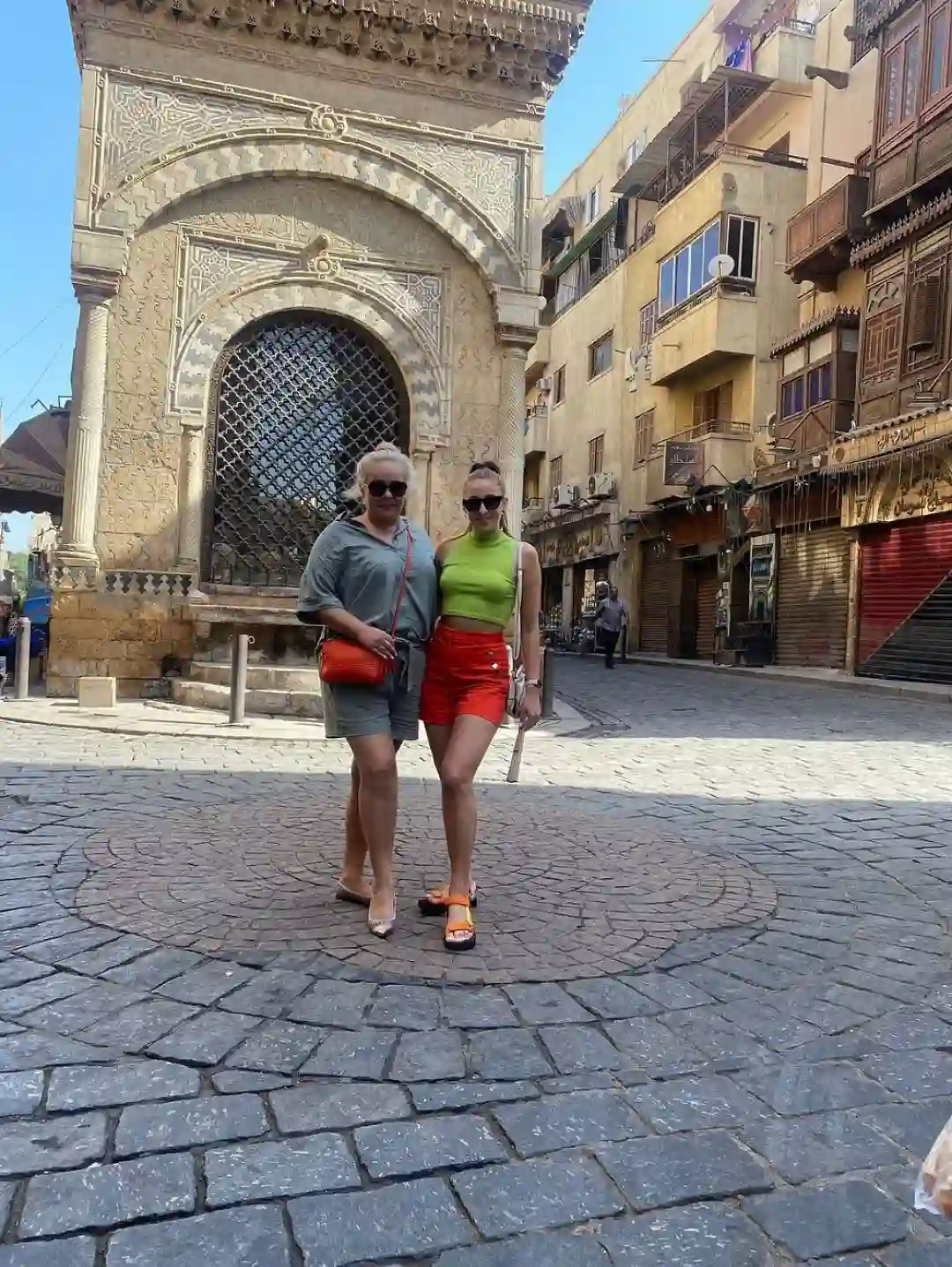
.webp)
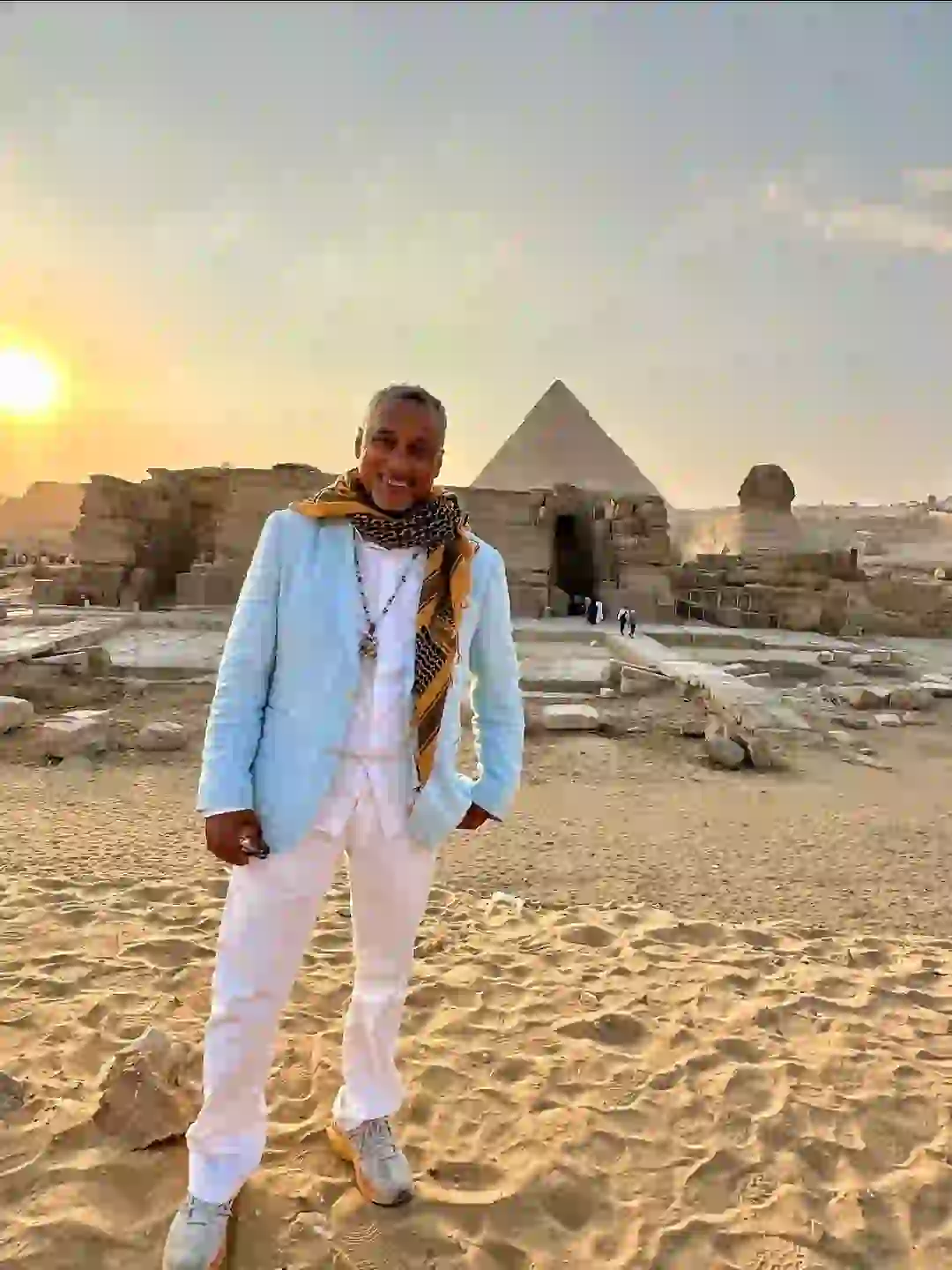
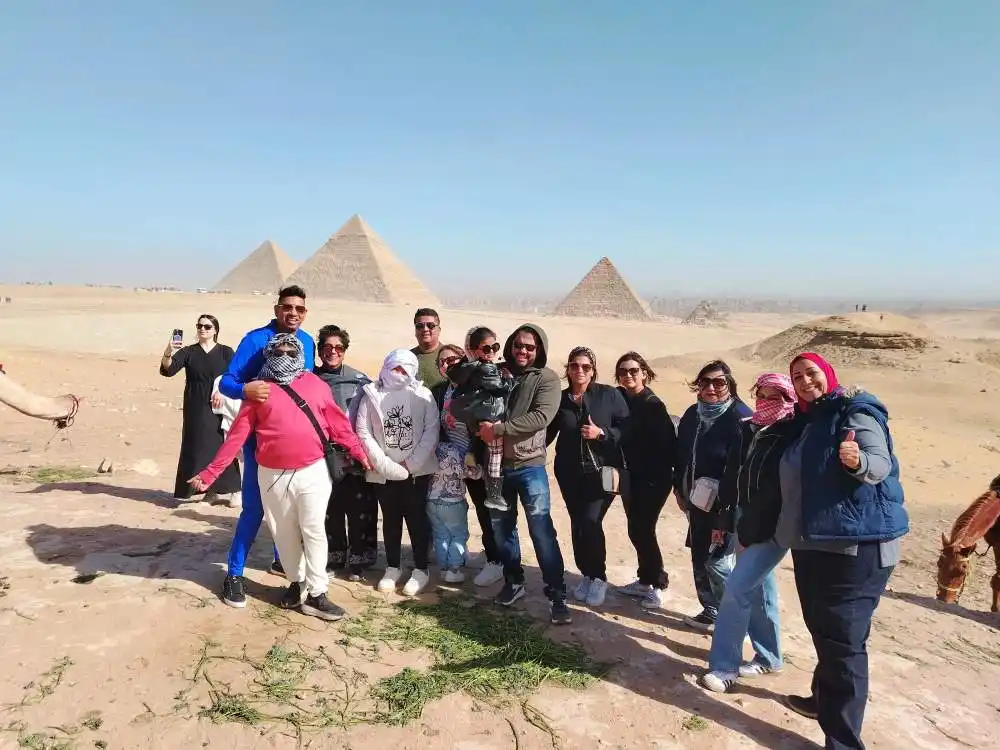
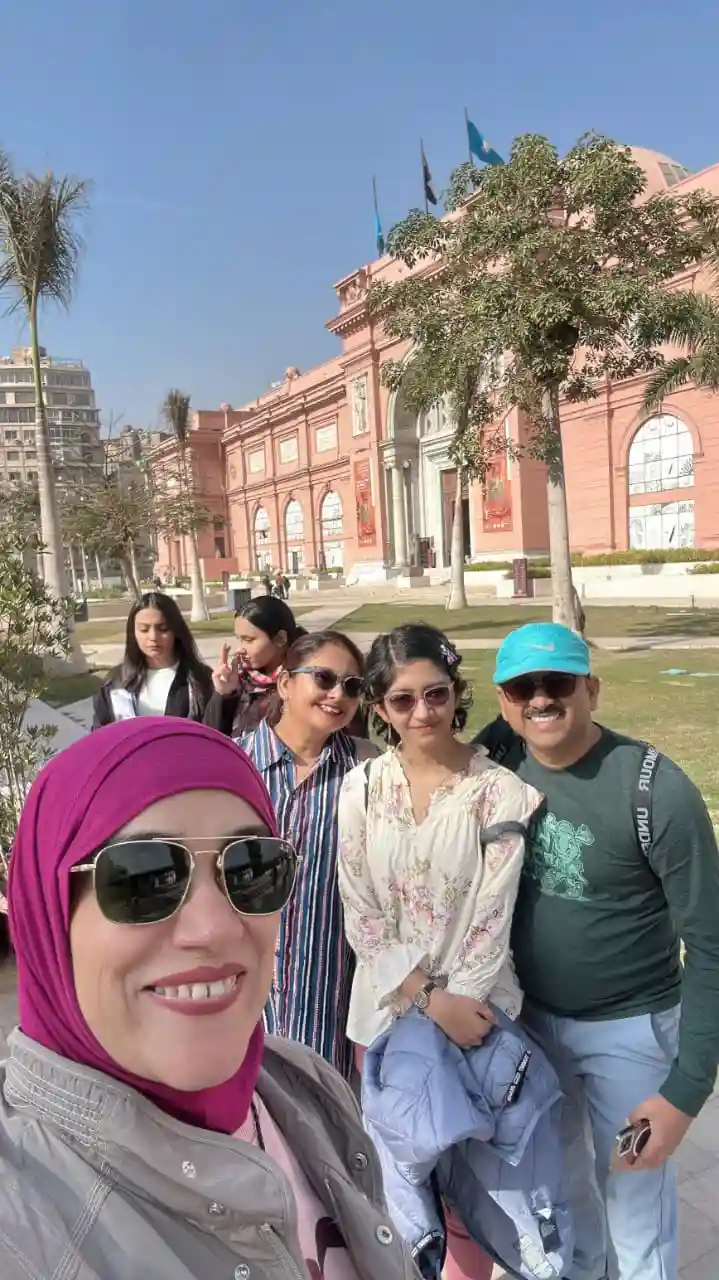
.jpg)
.jpg)
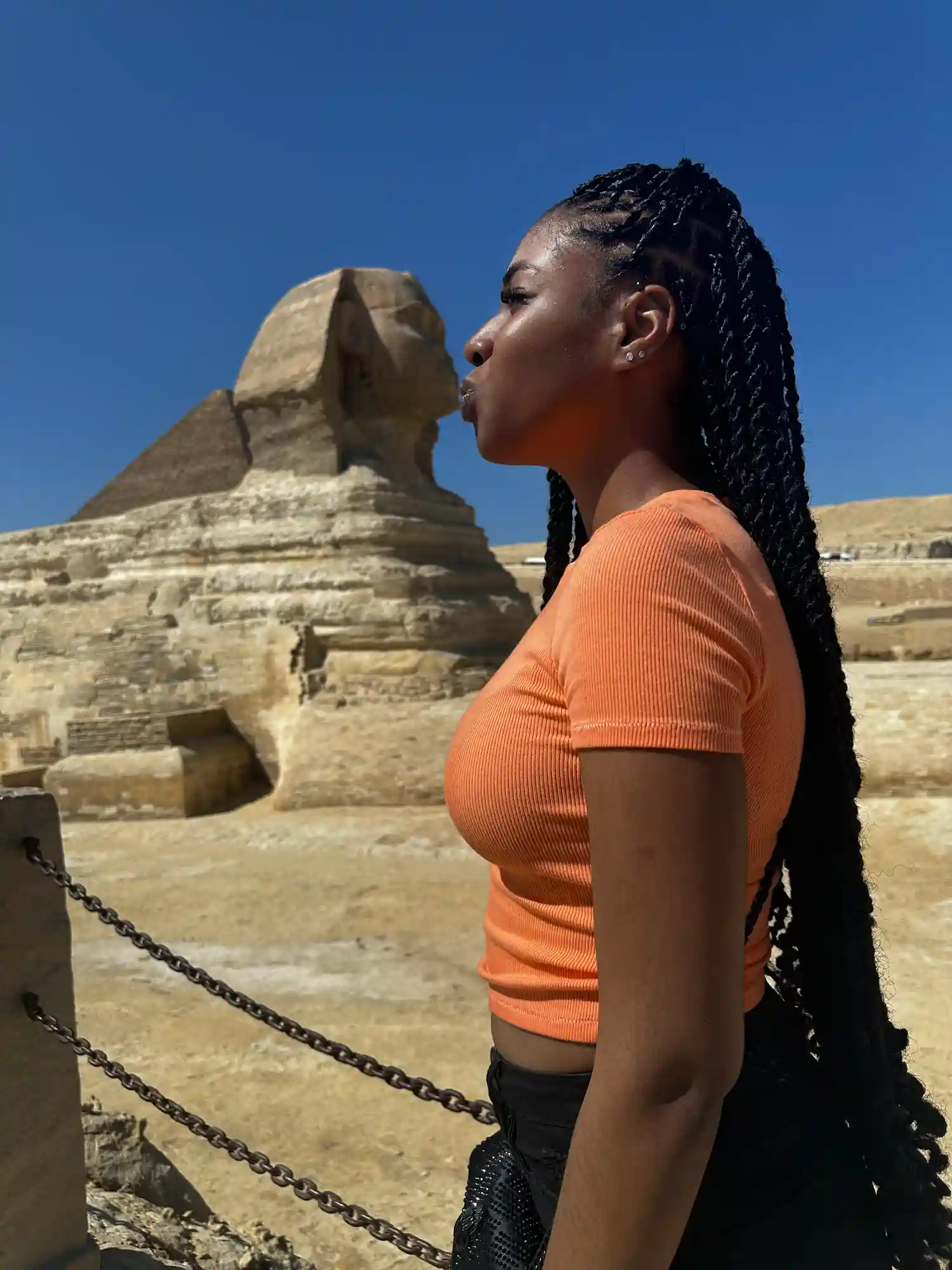
.jpg)
.jpg)
.jpg)
.jpg)

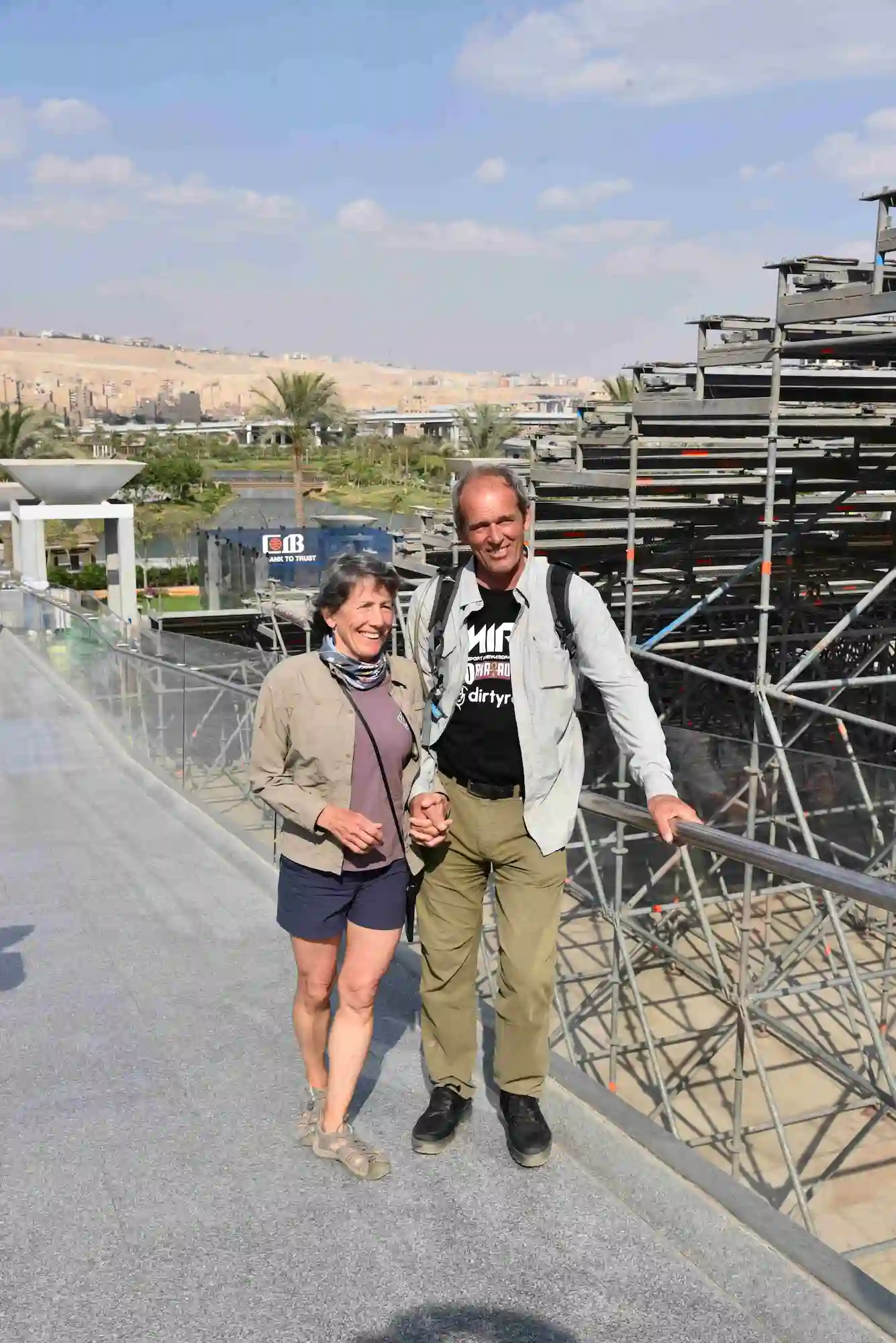
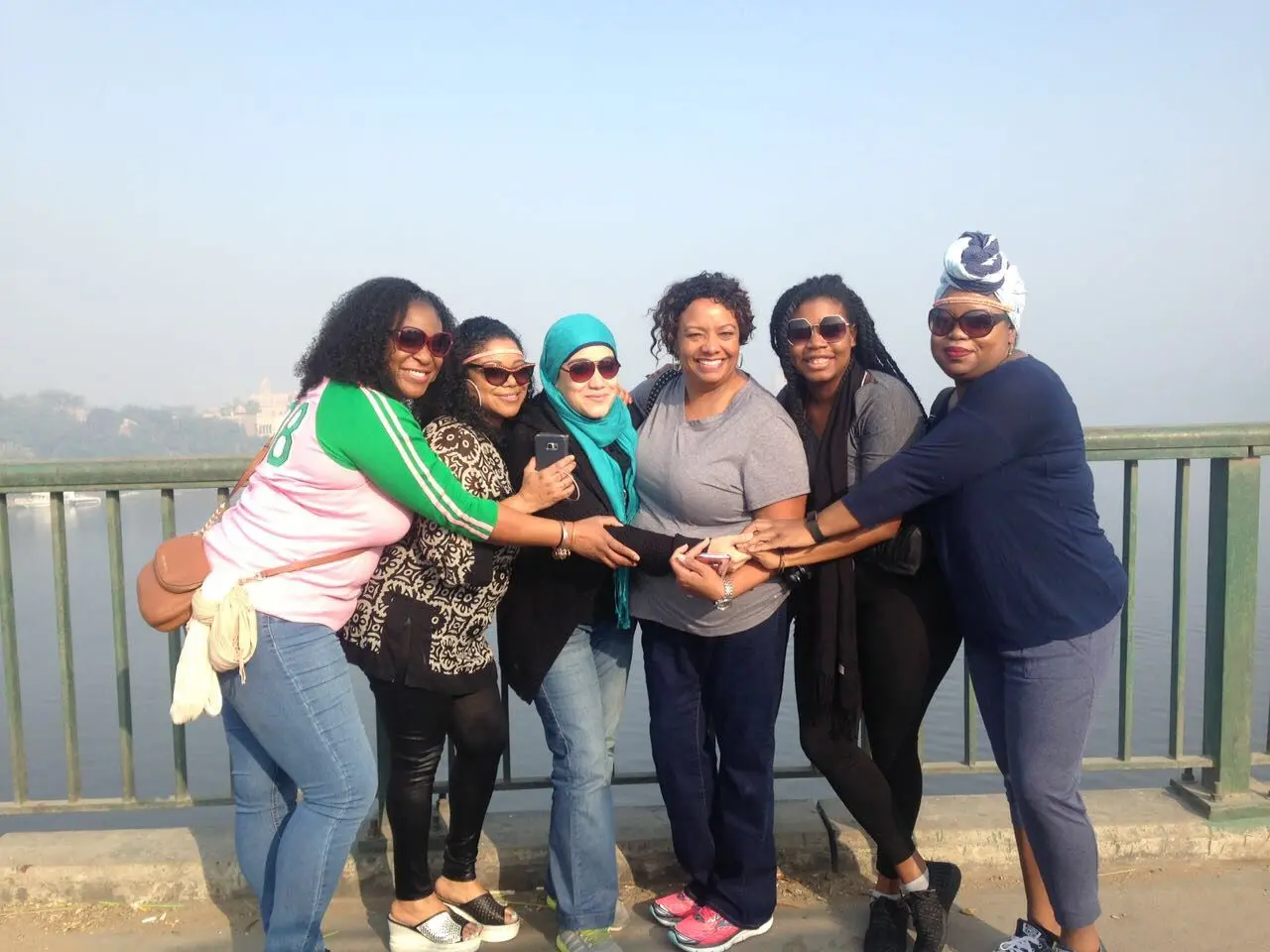
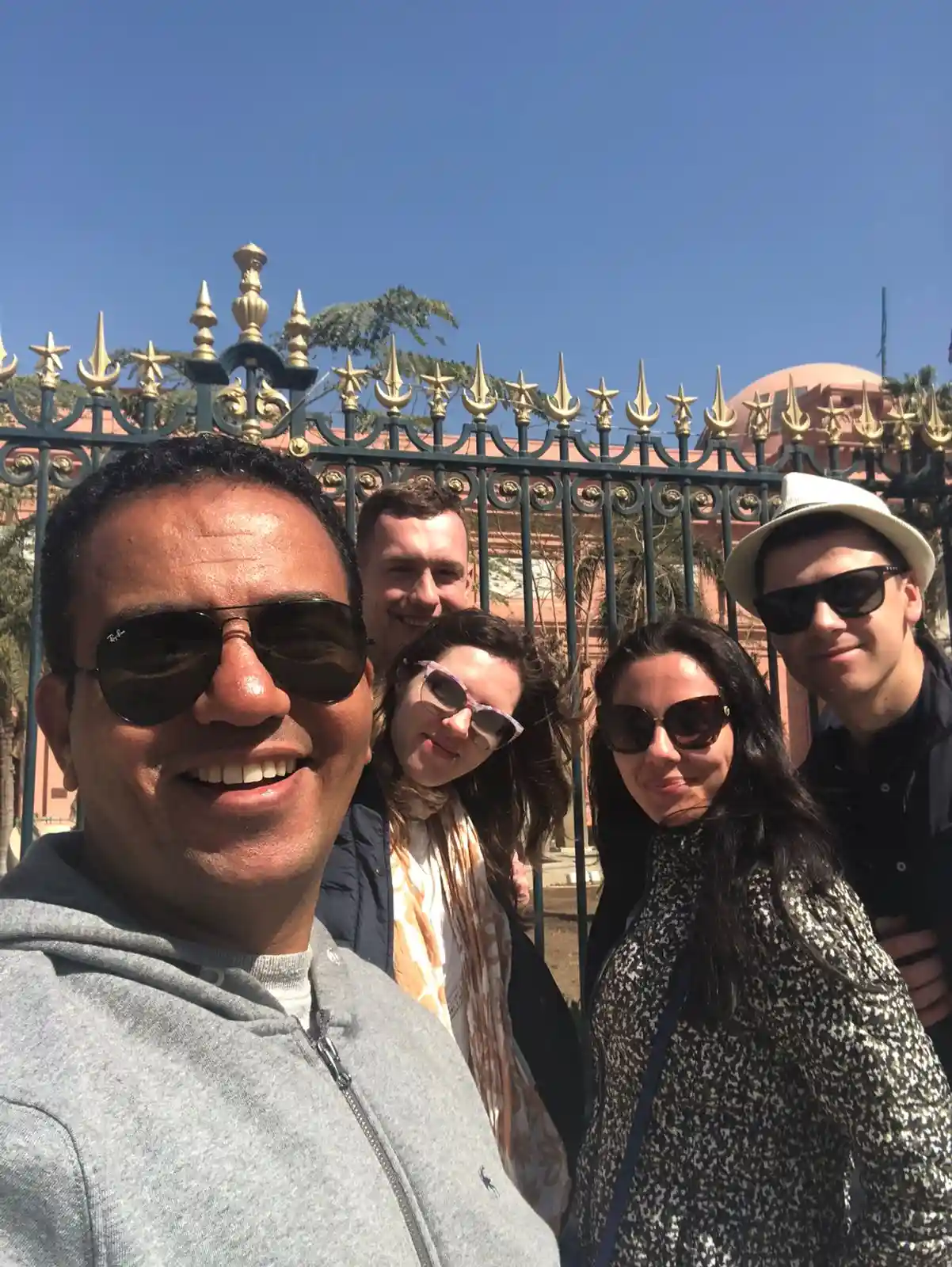
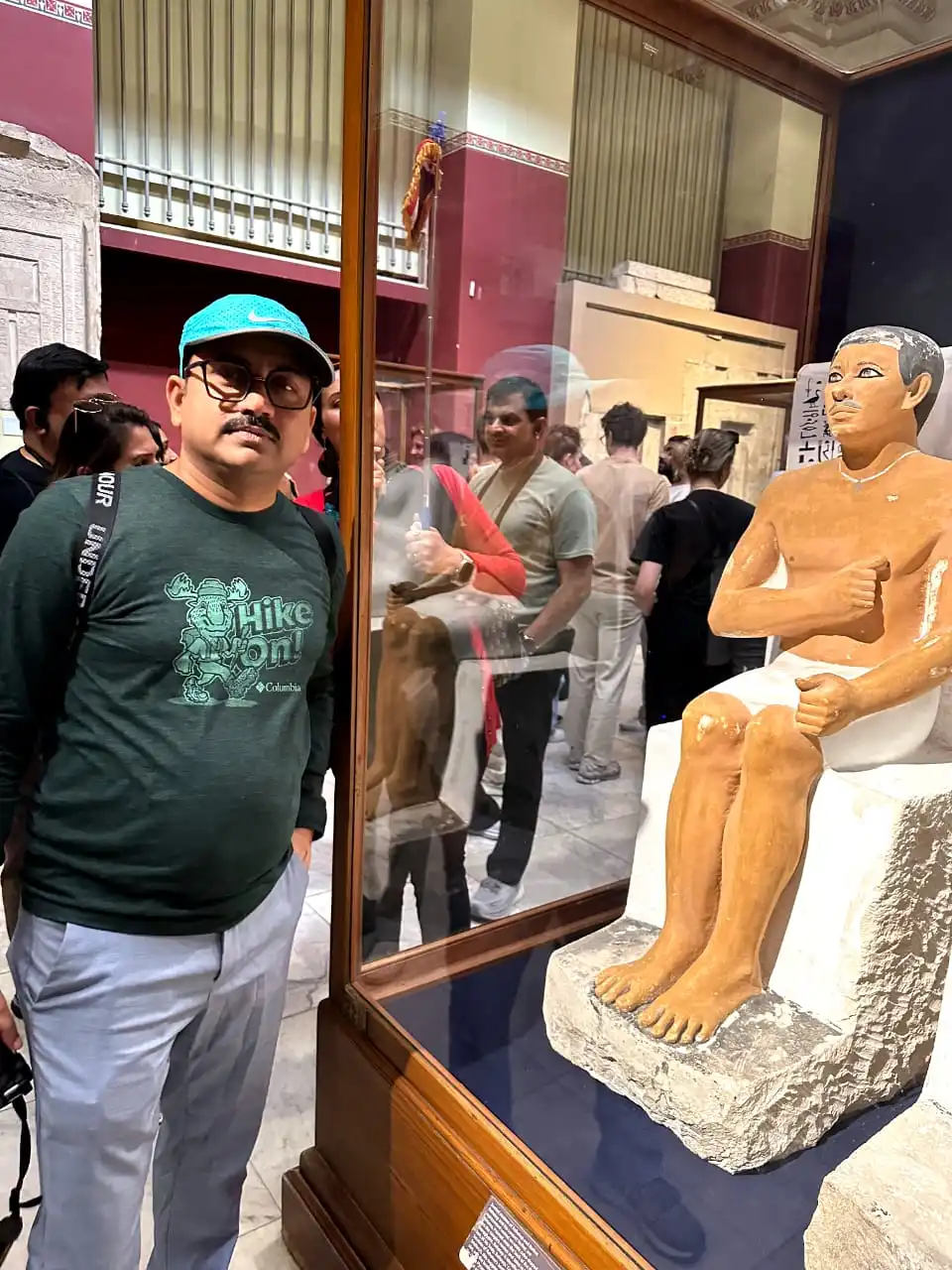
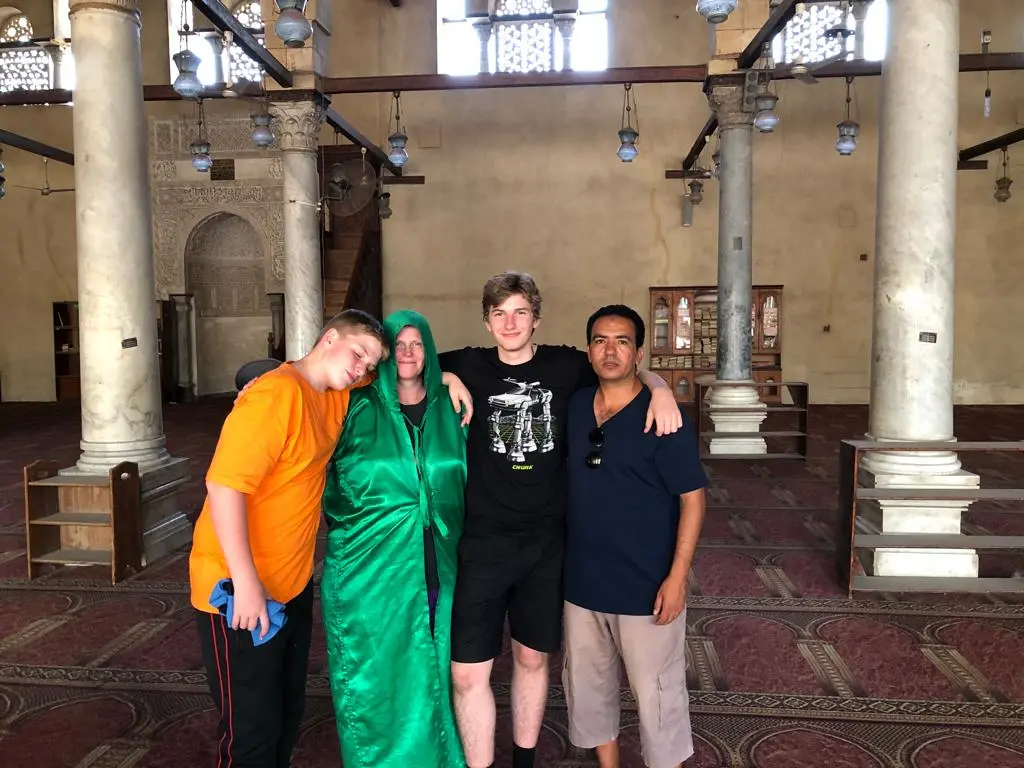

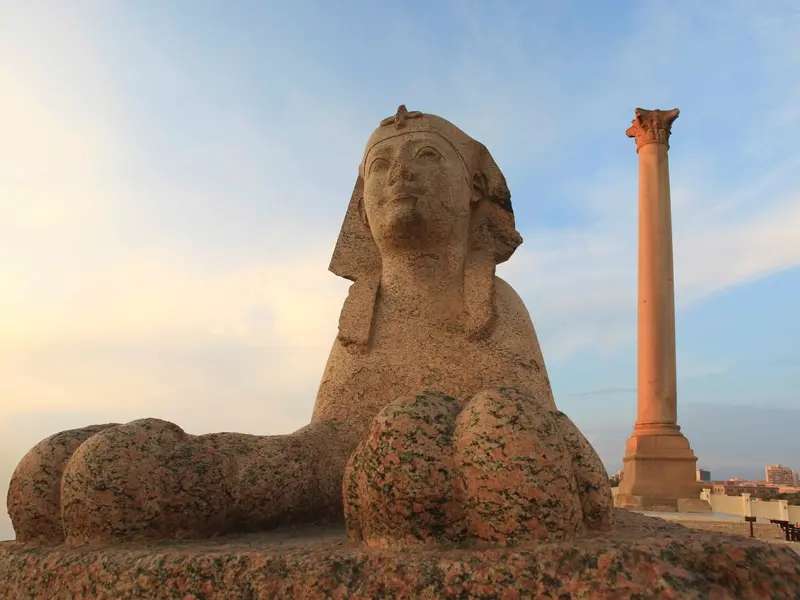
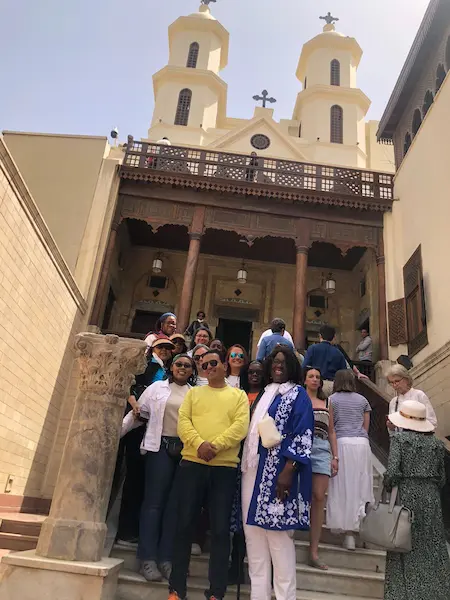

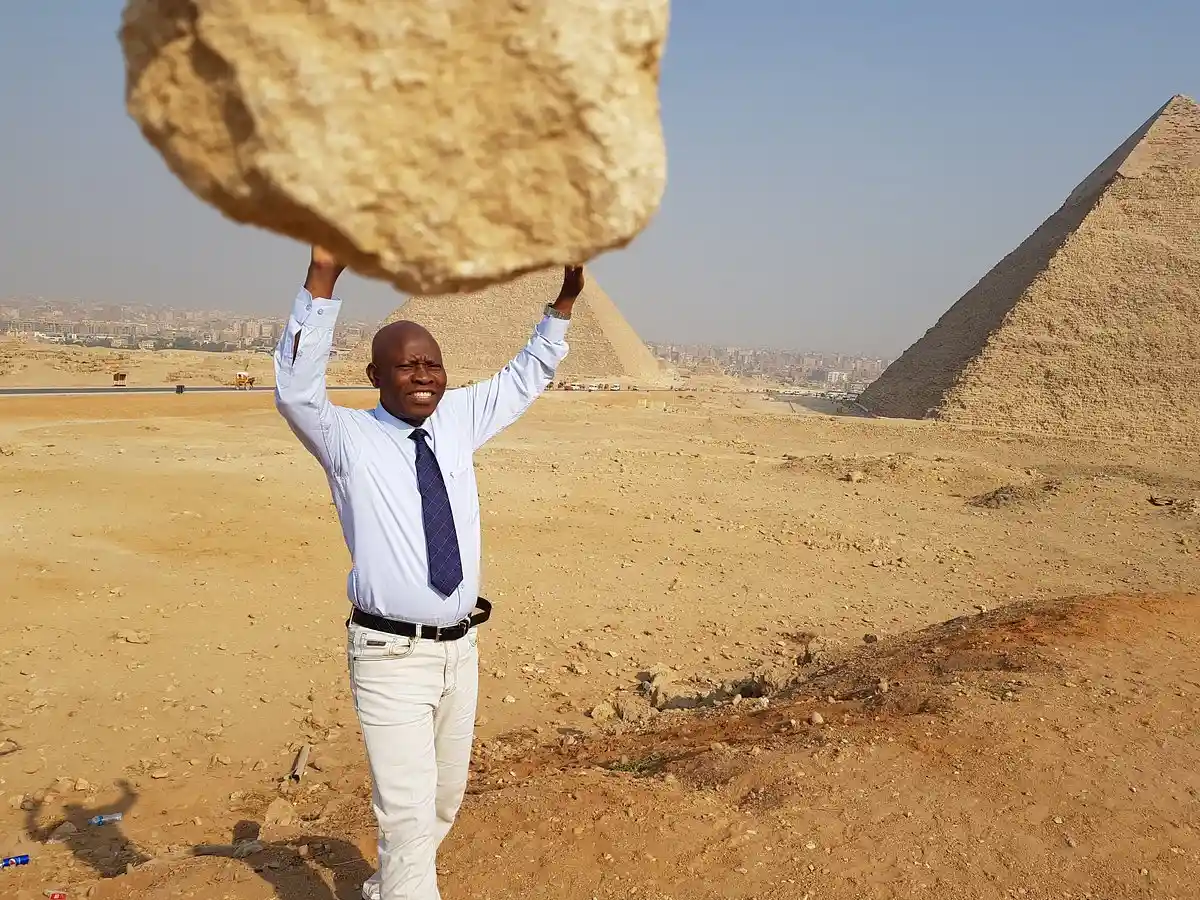
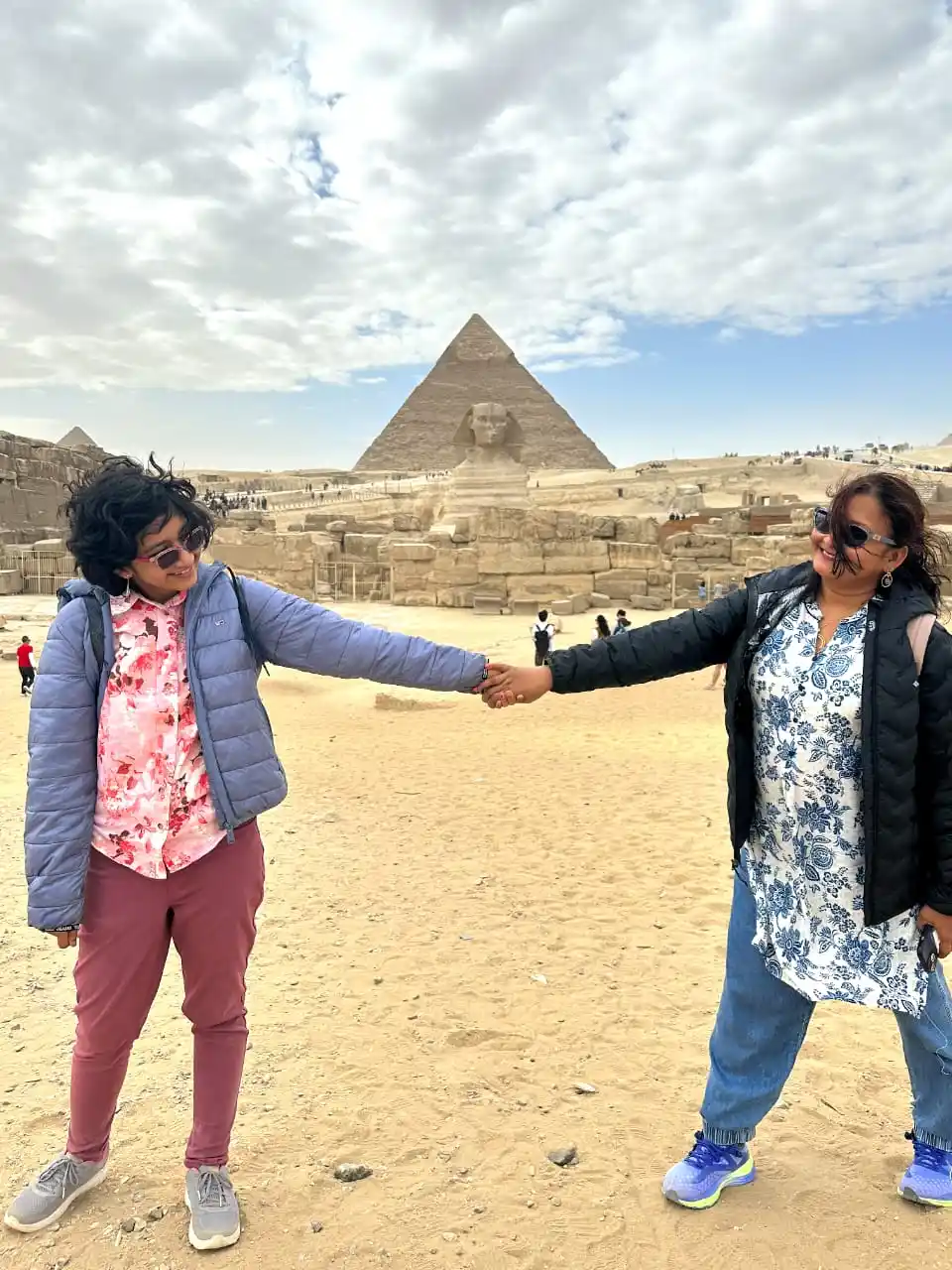
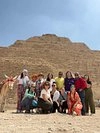
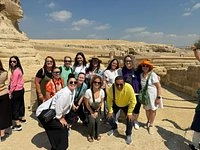







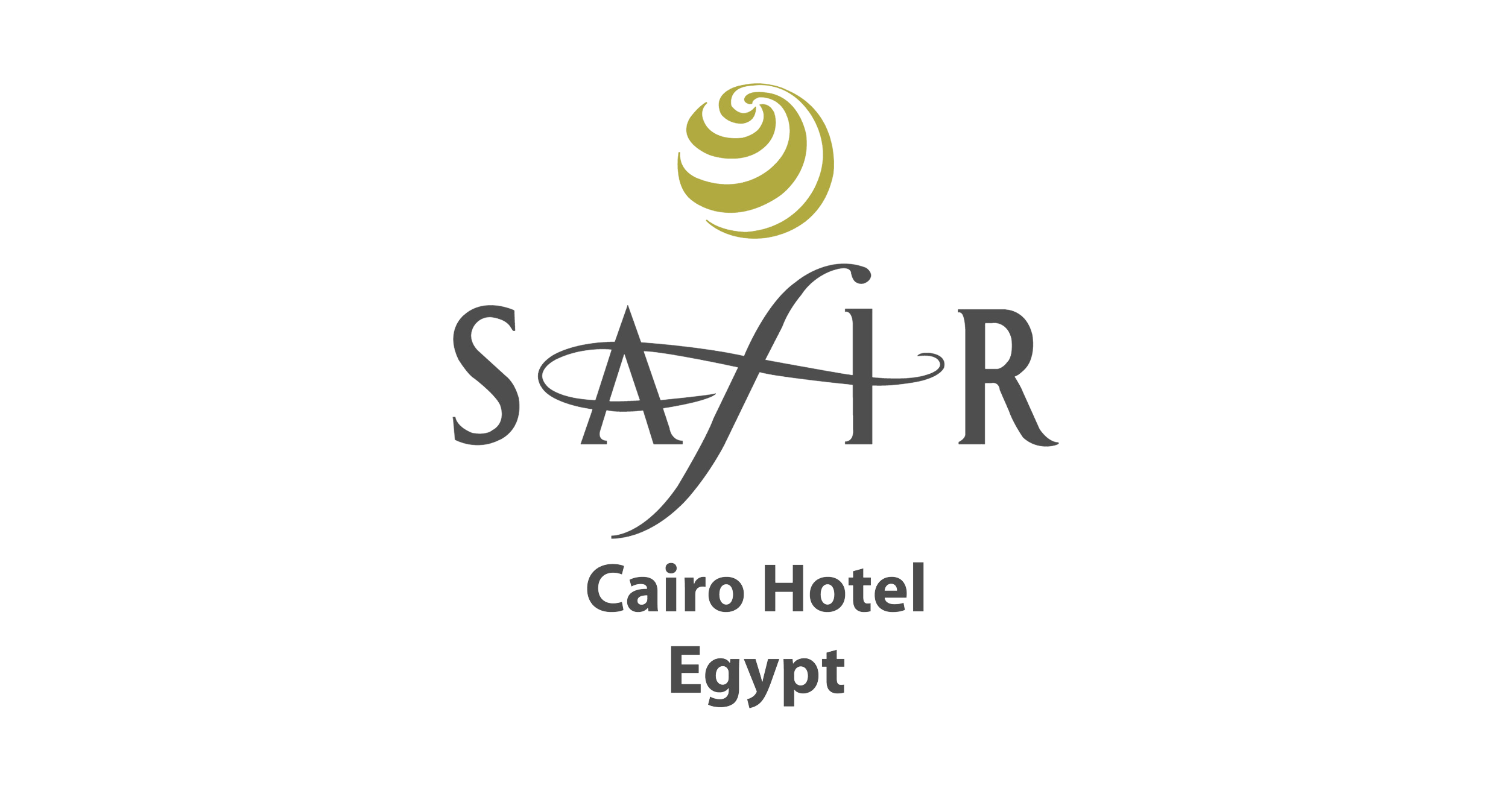


.png)

